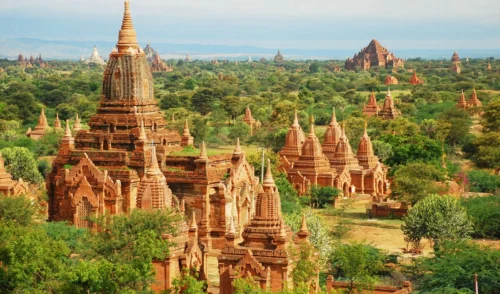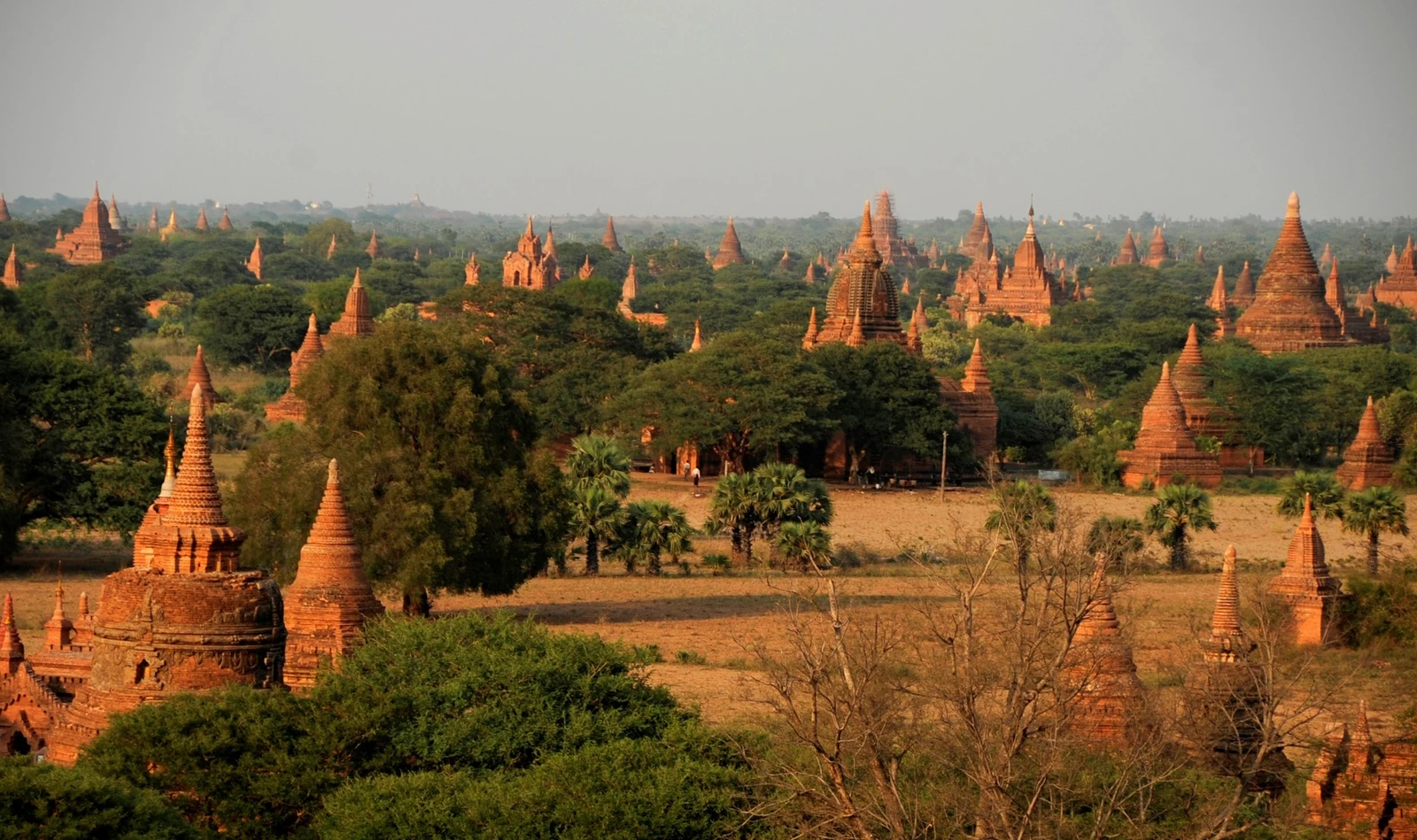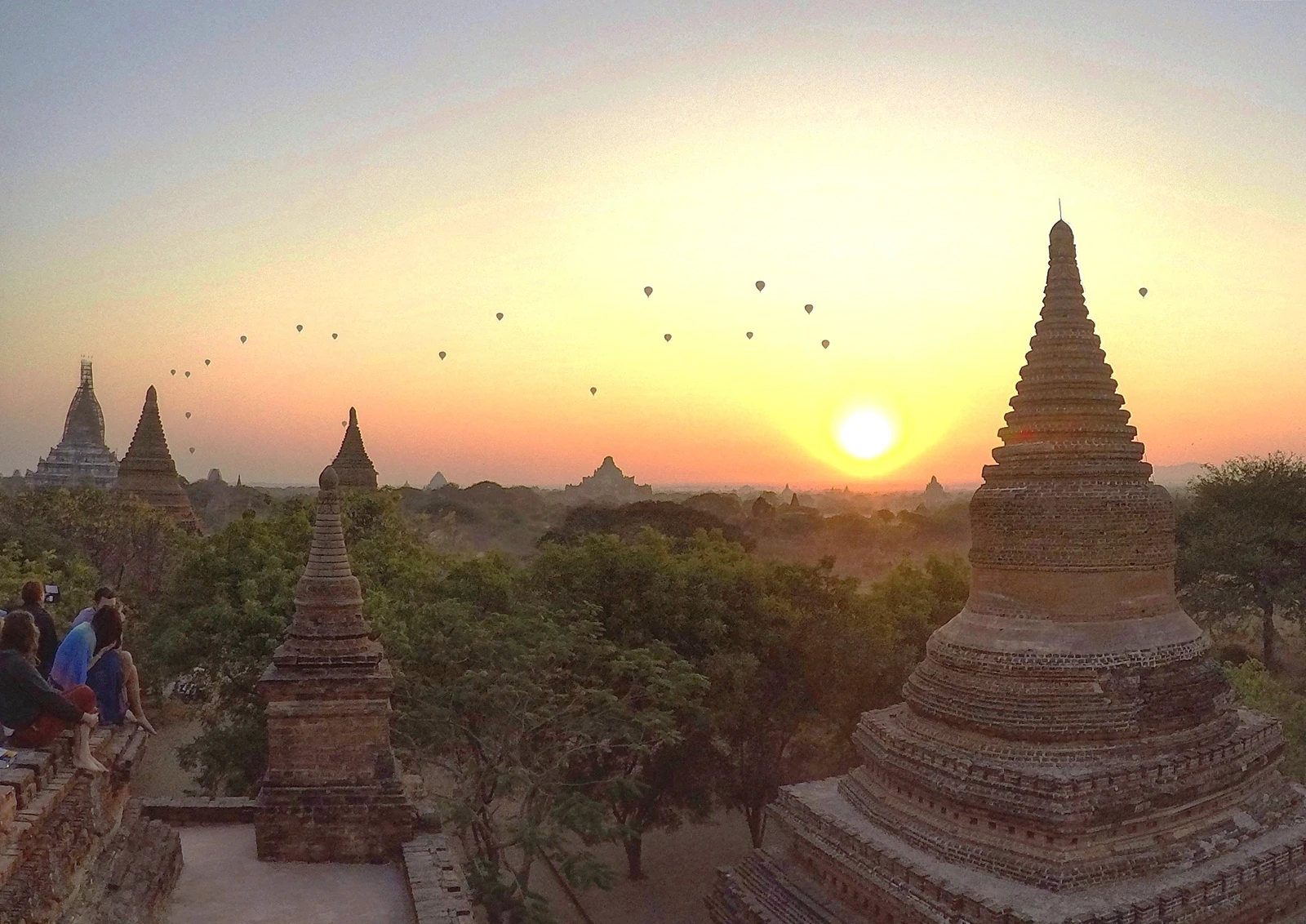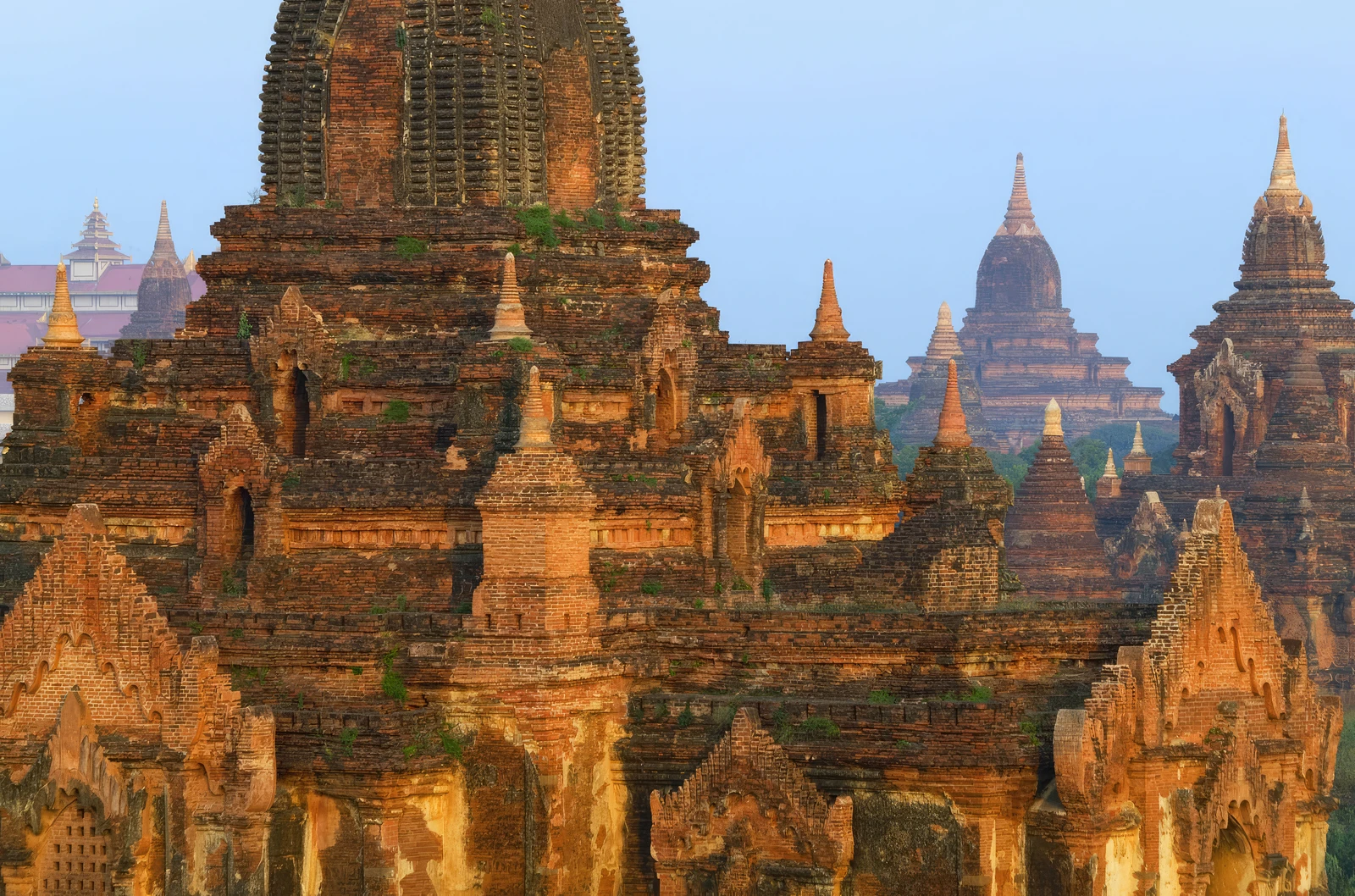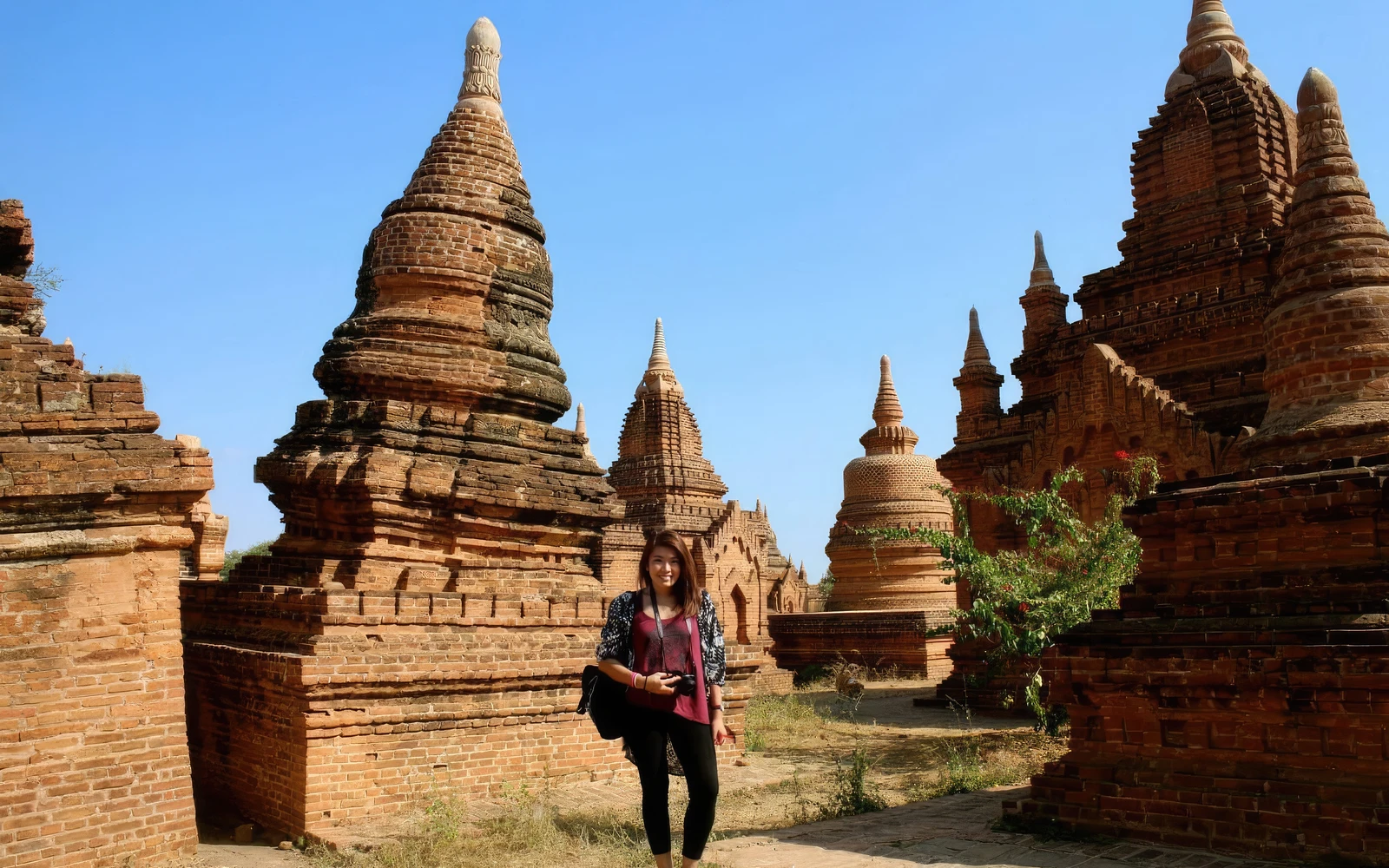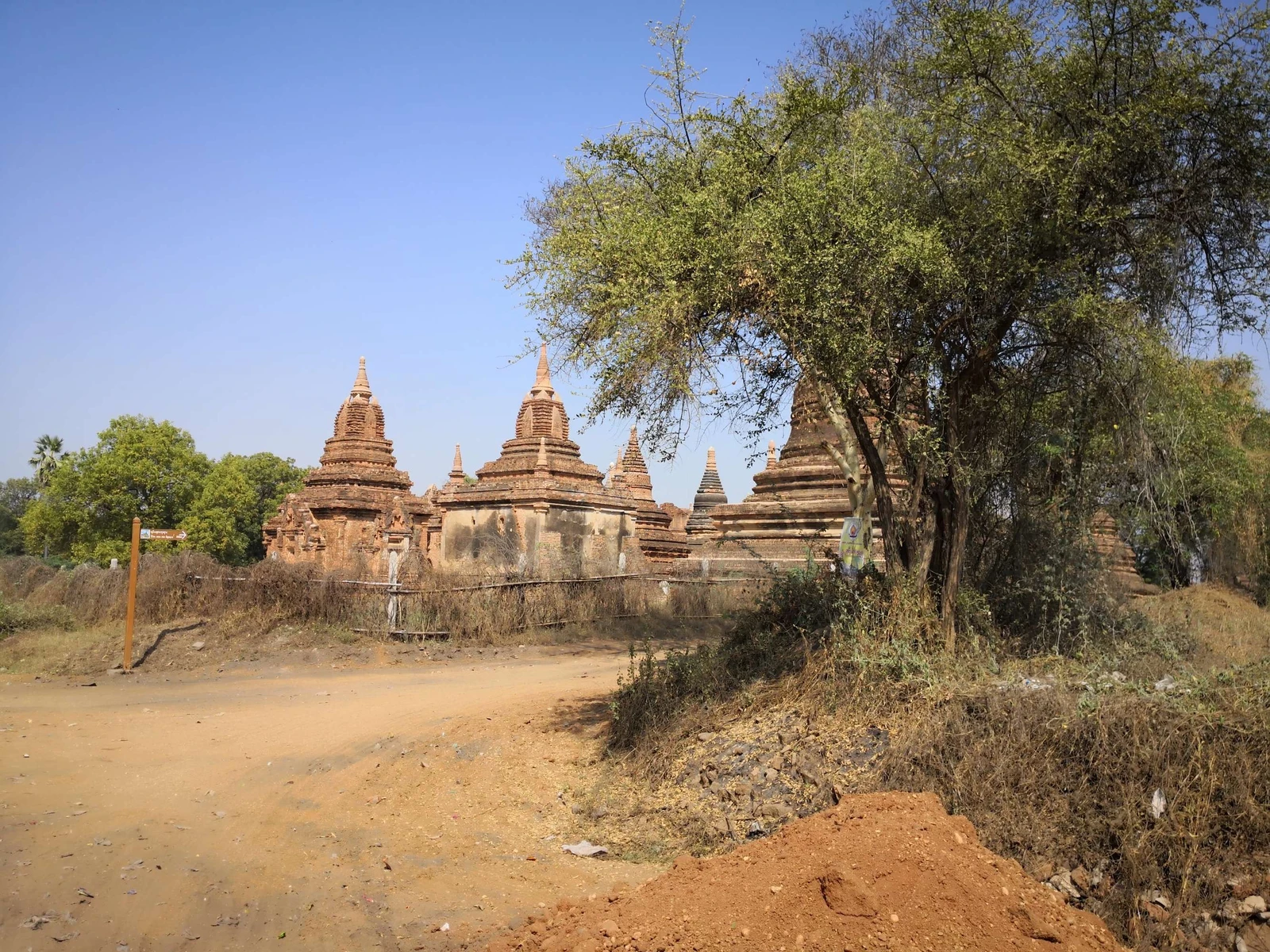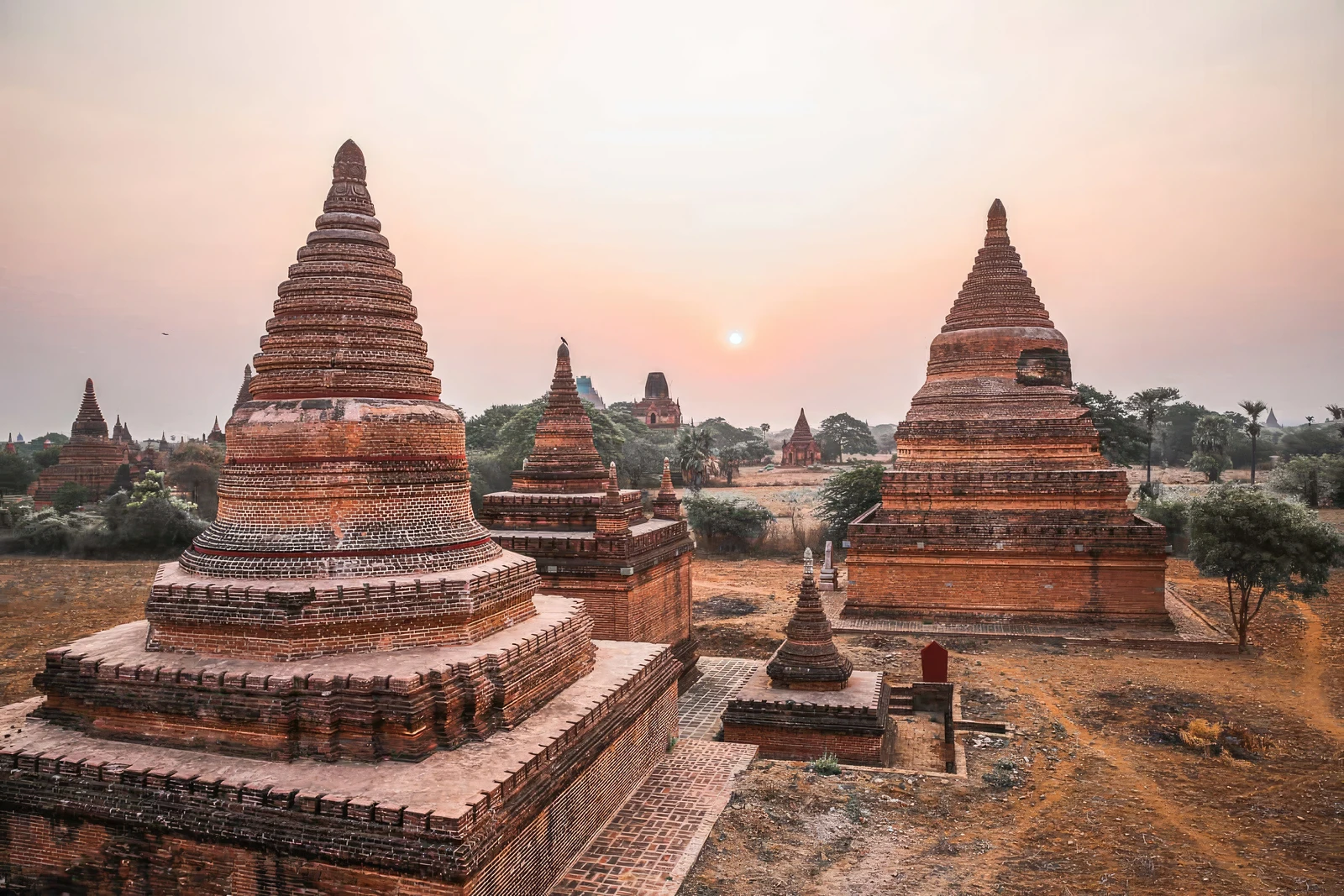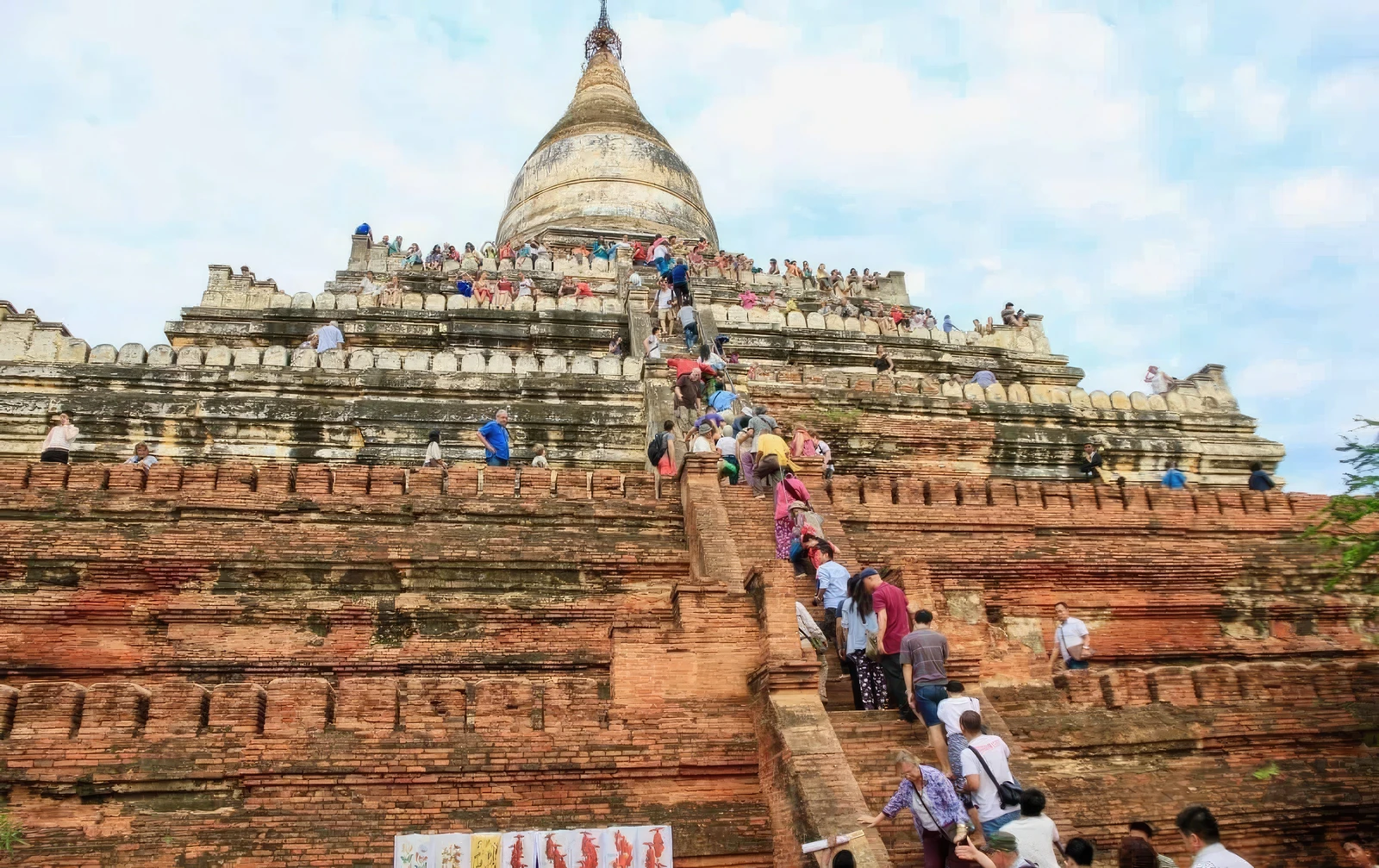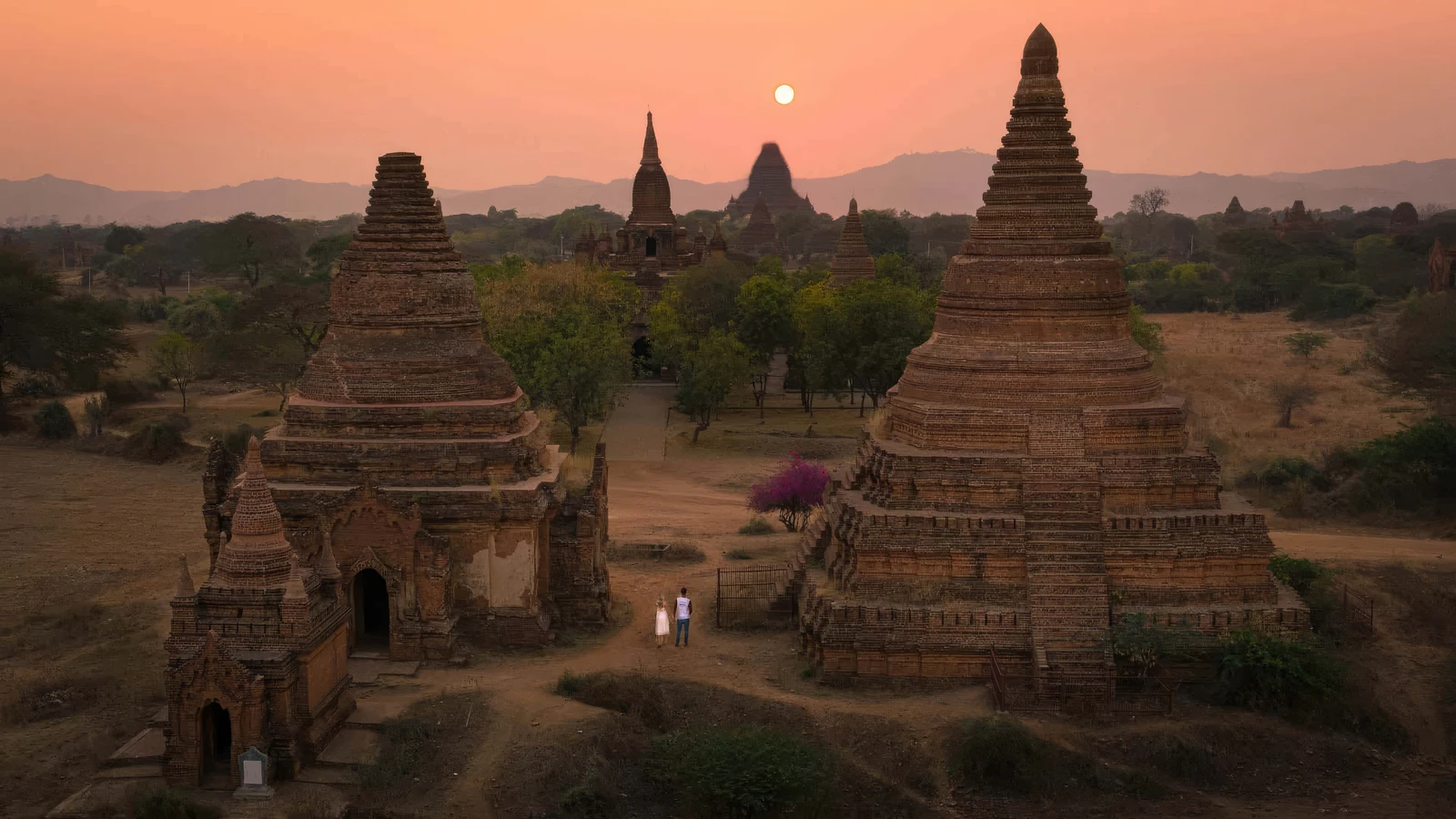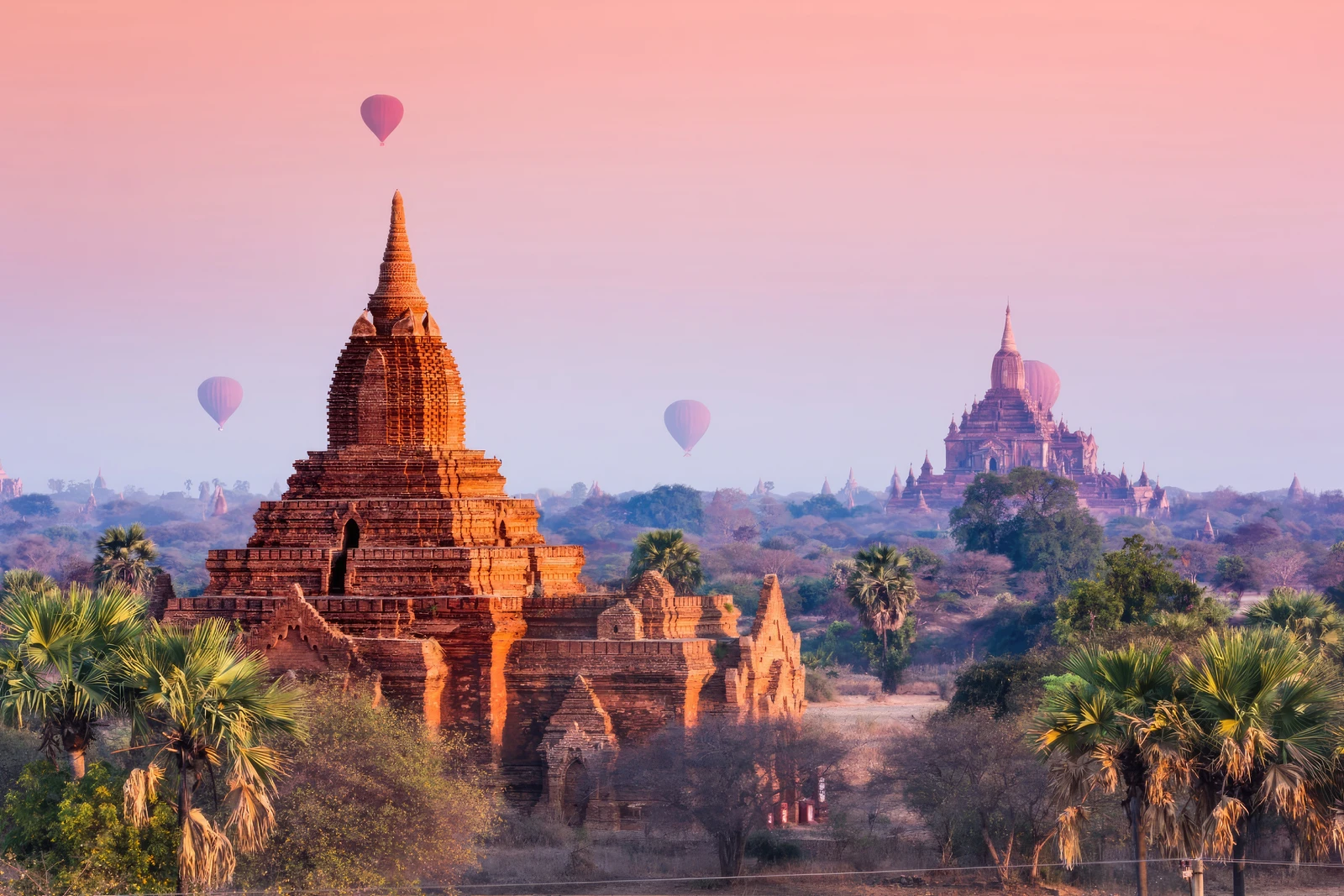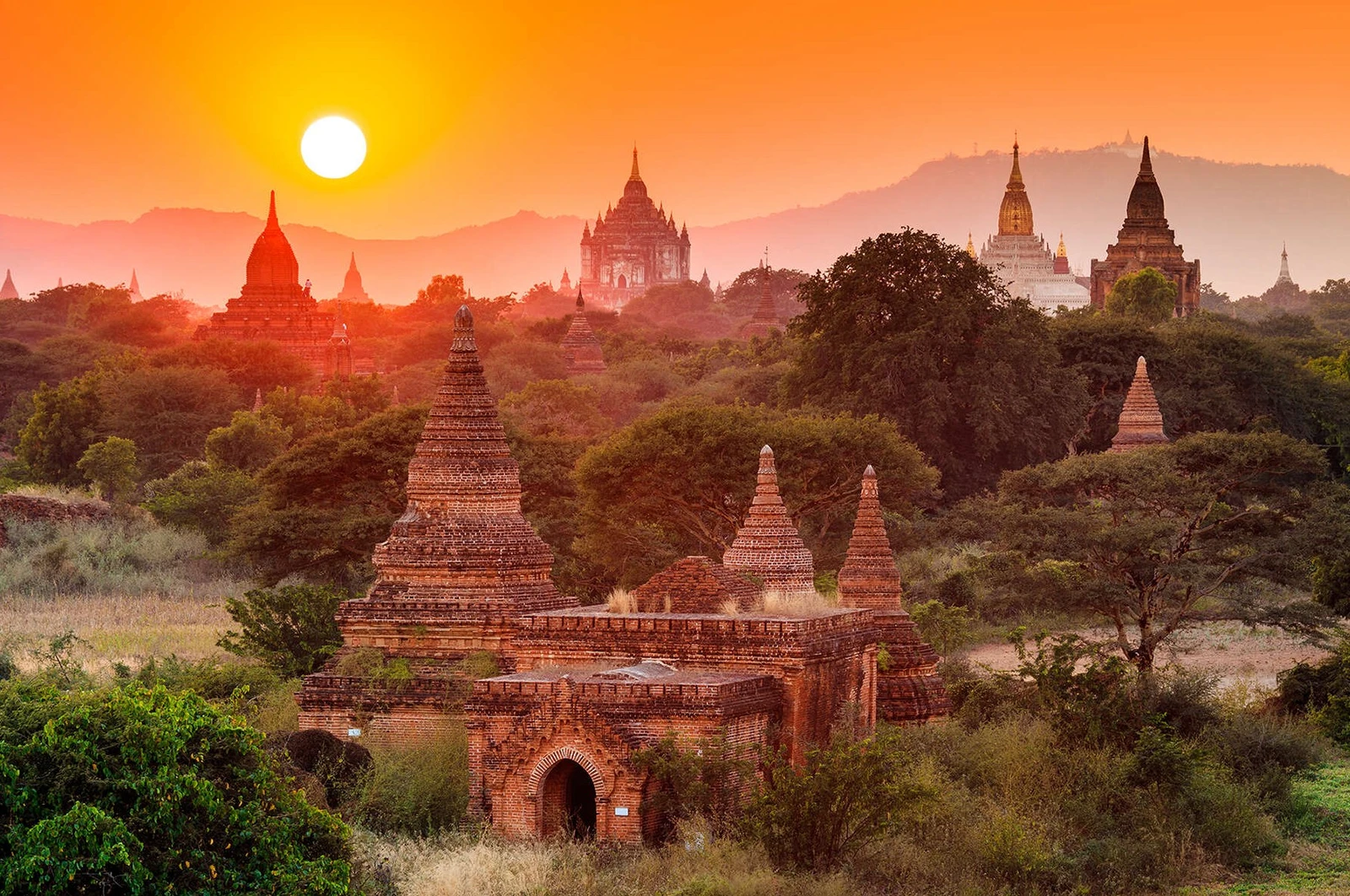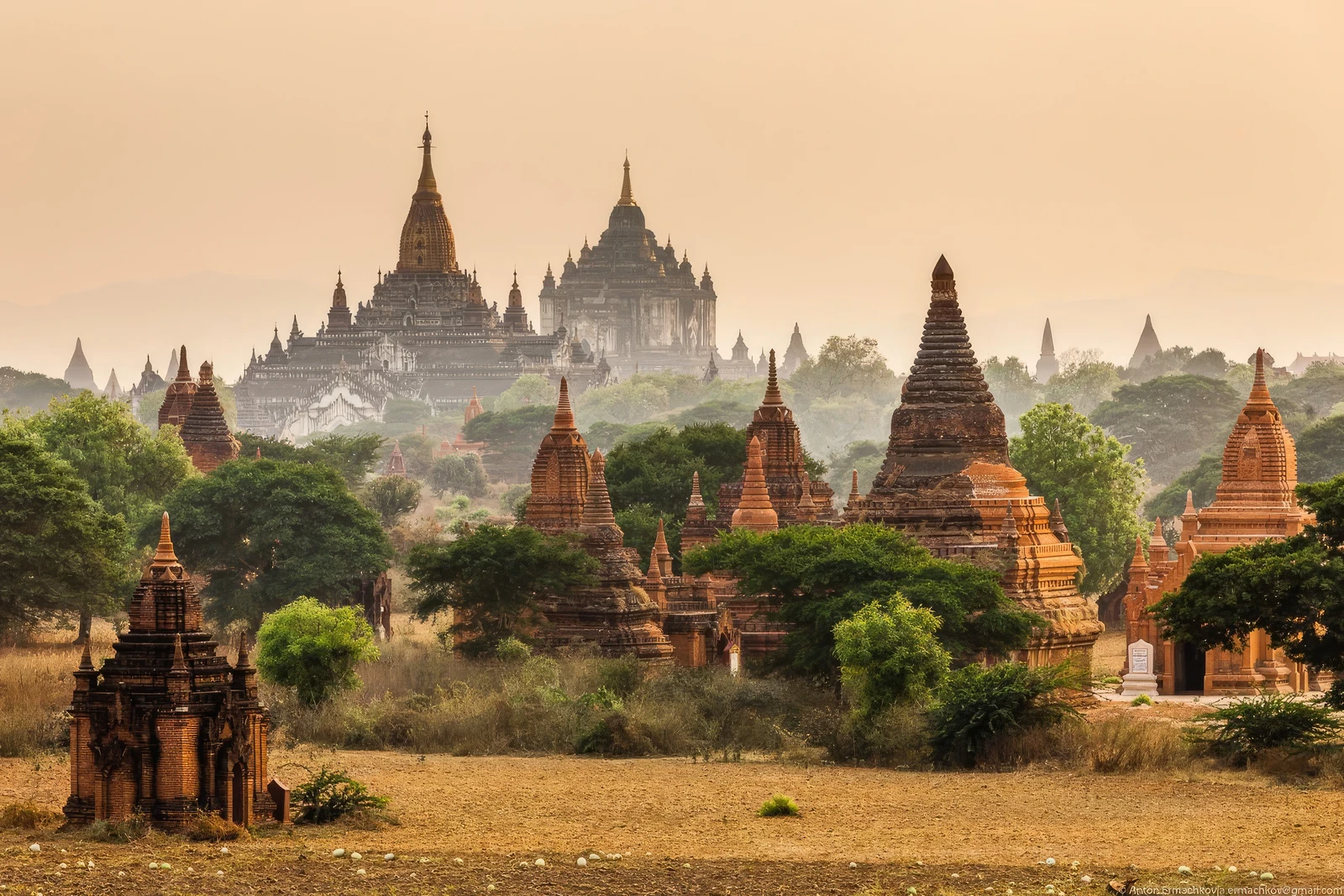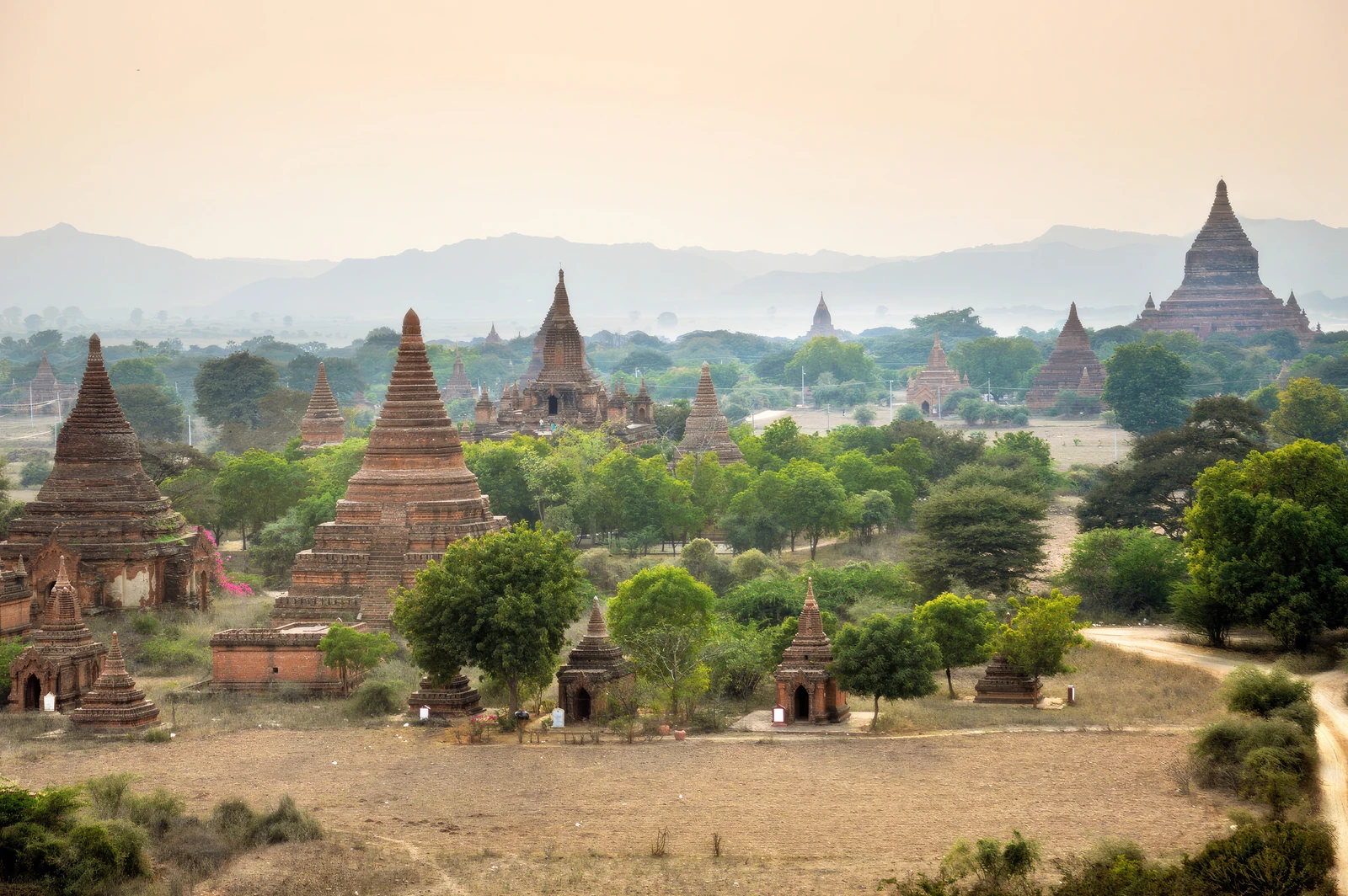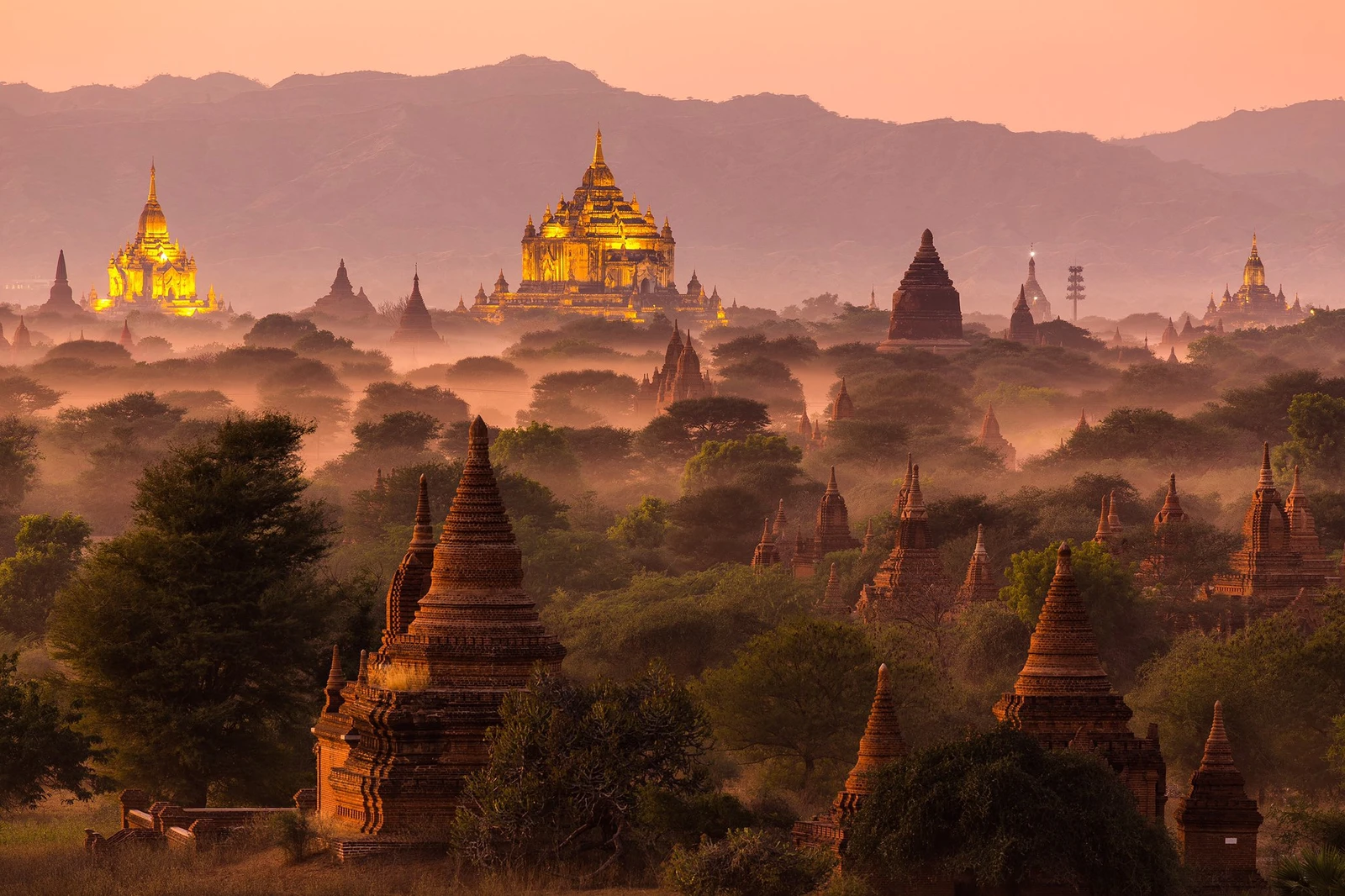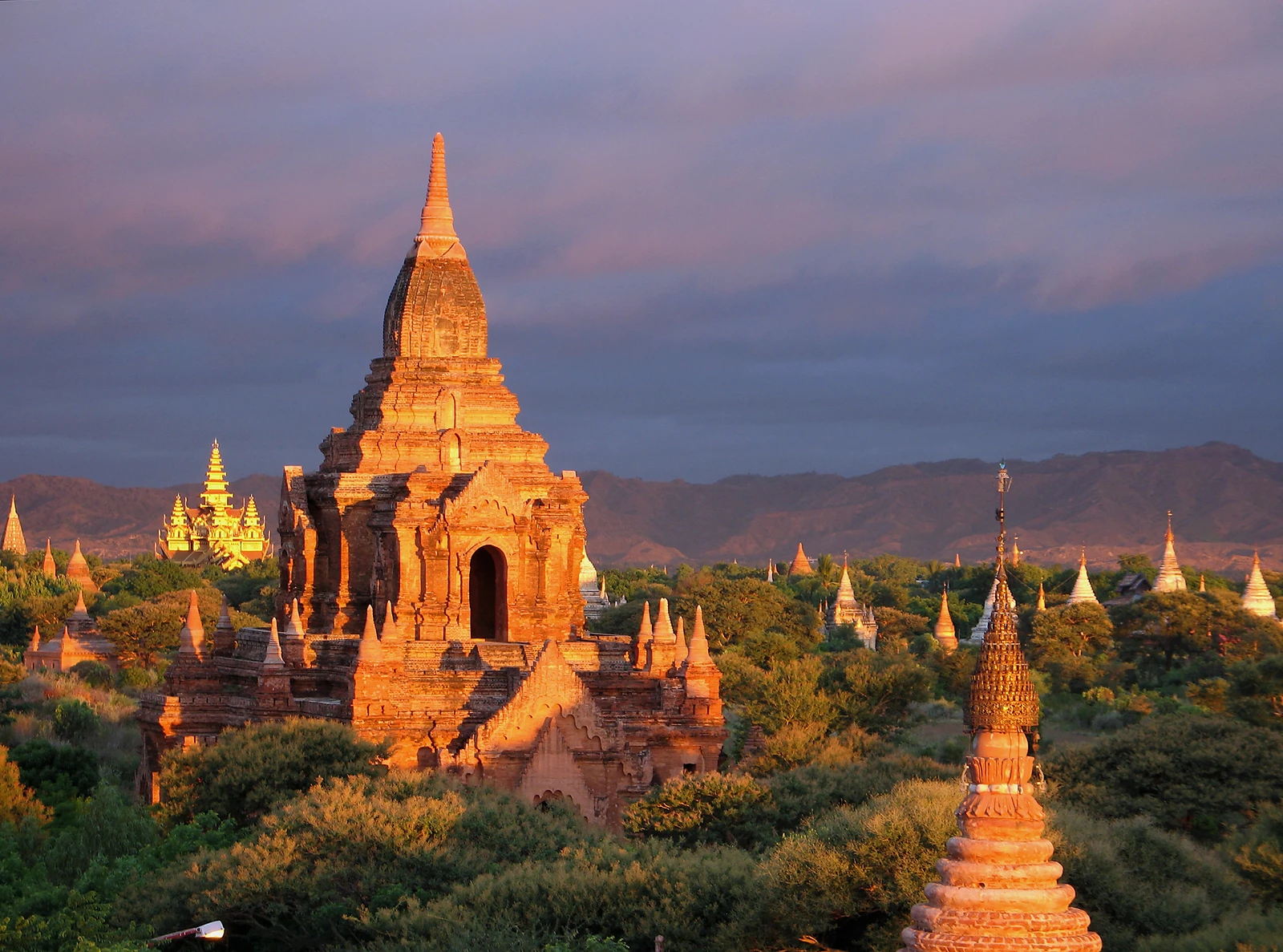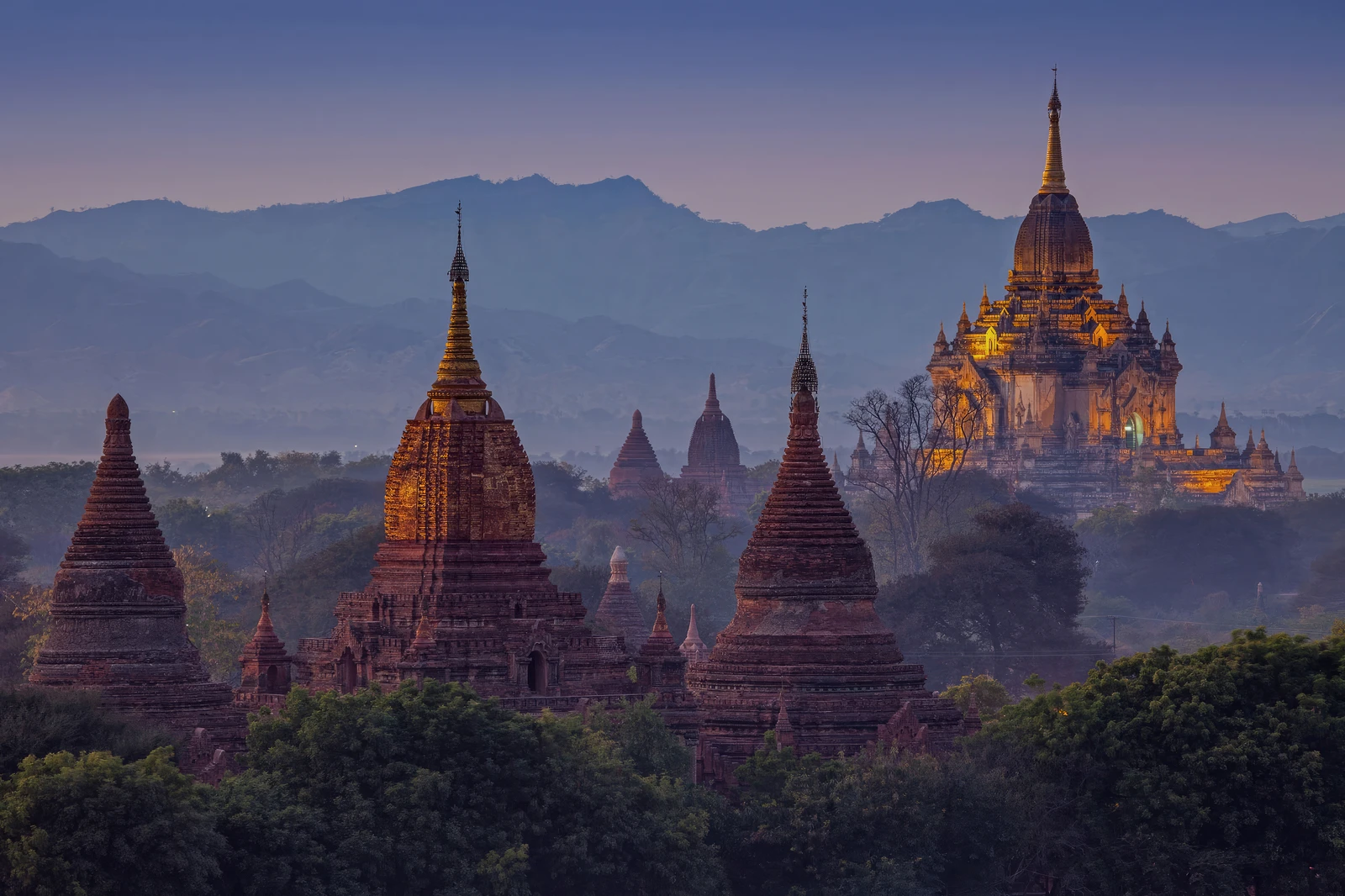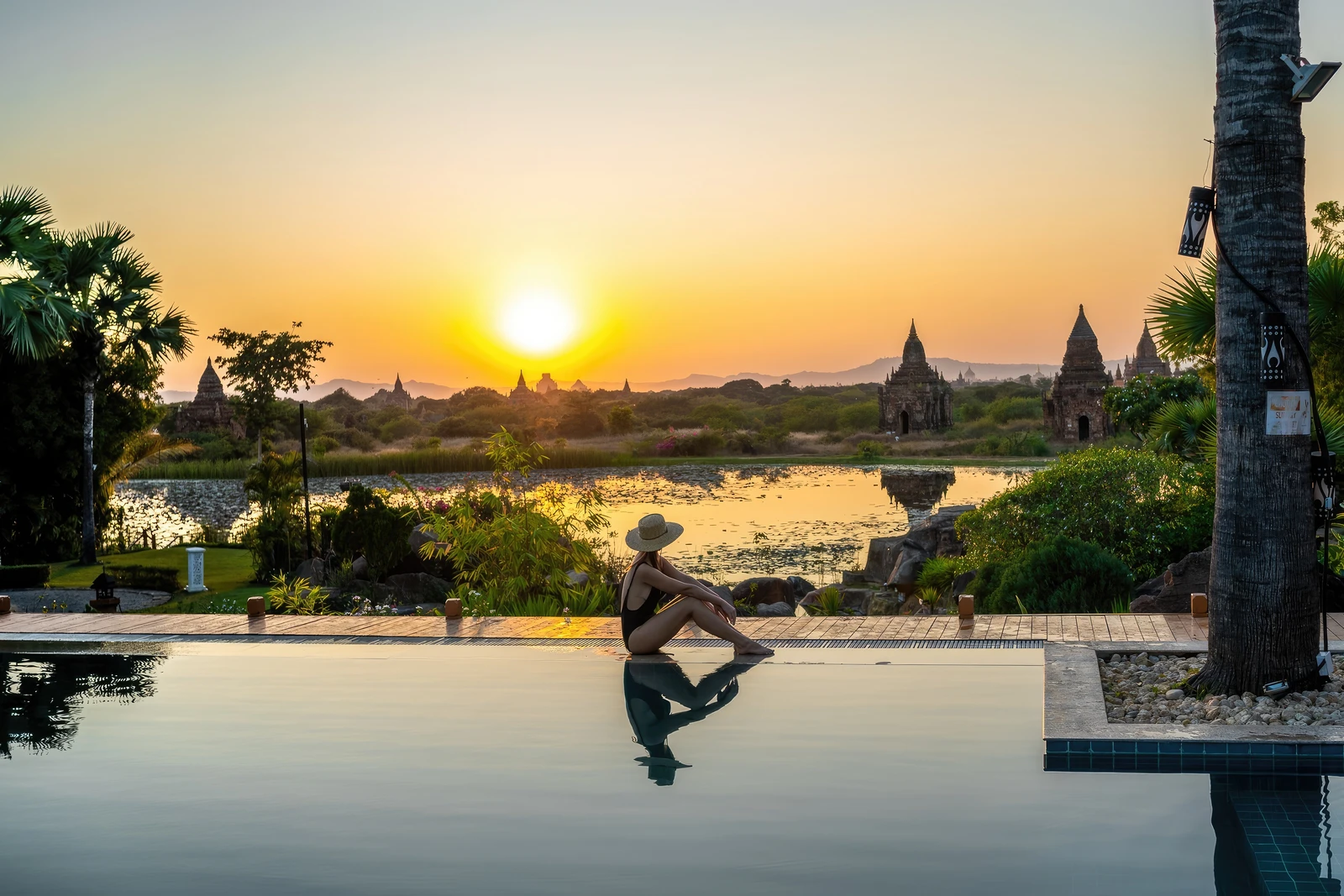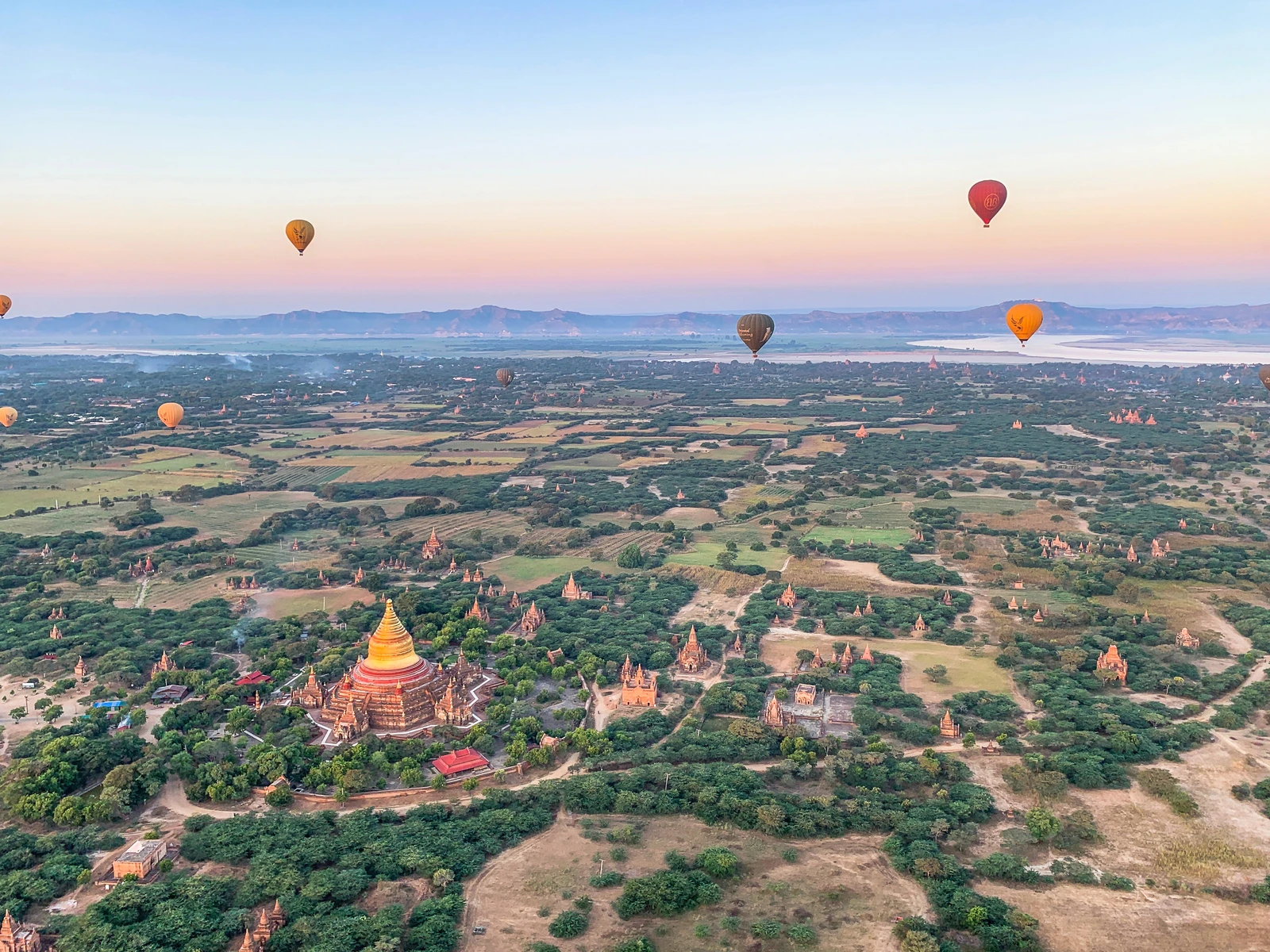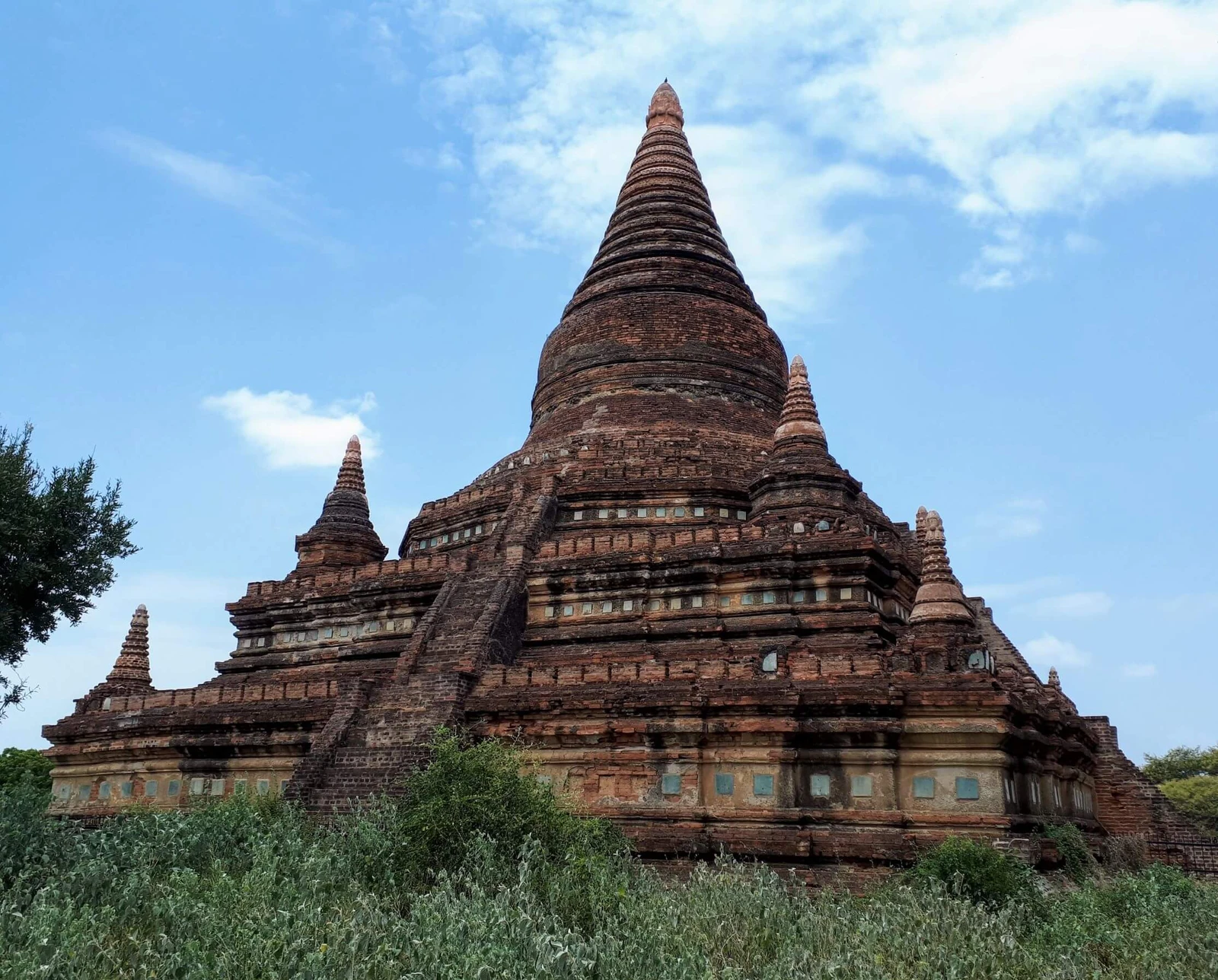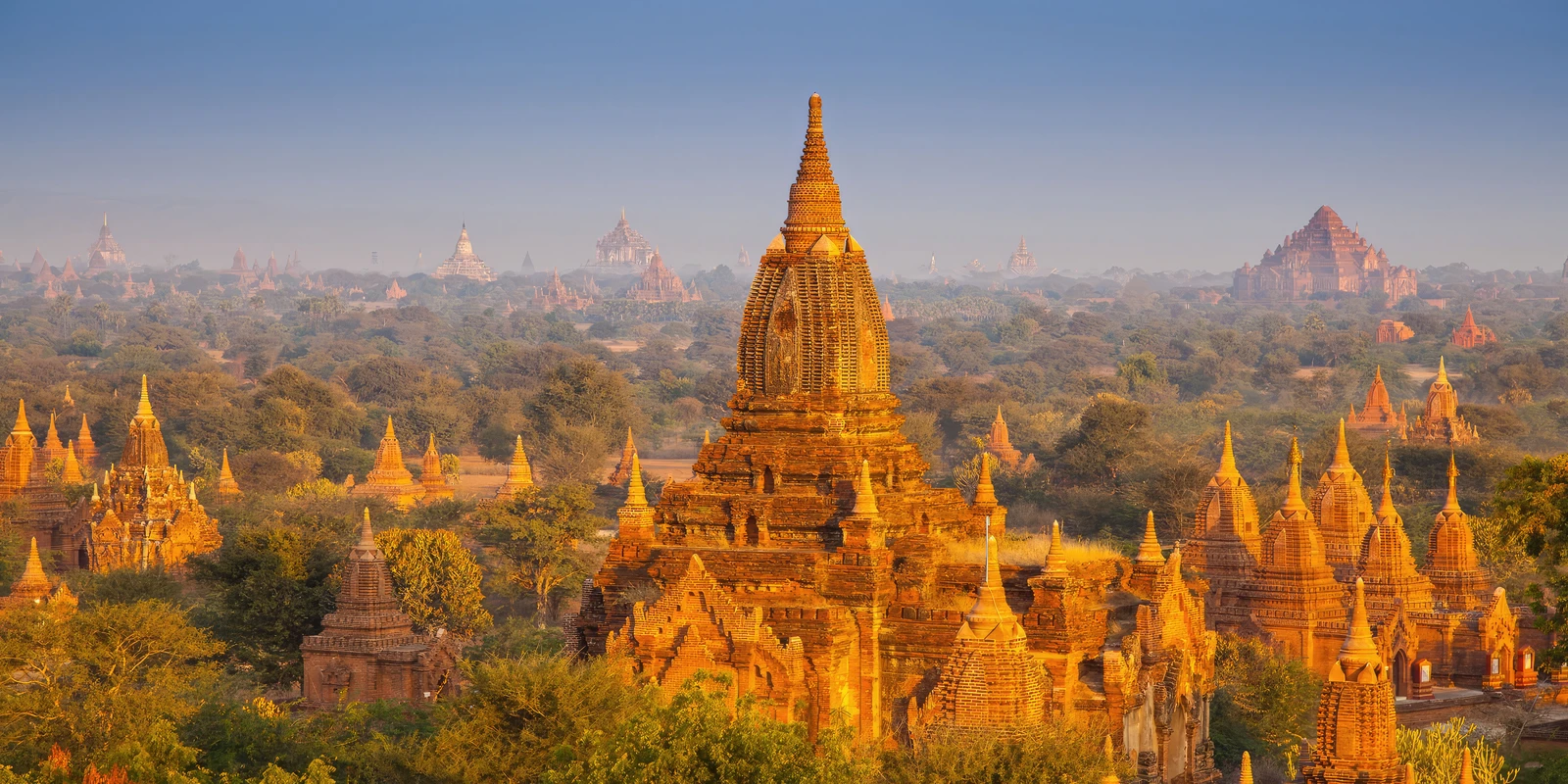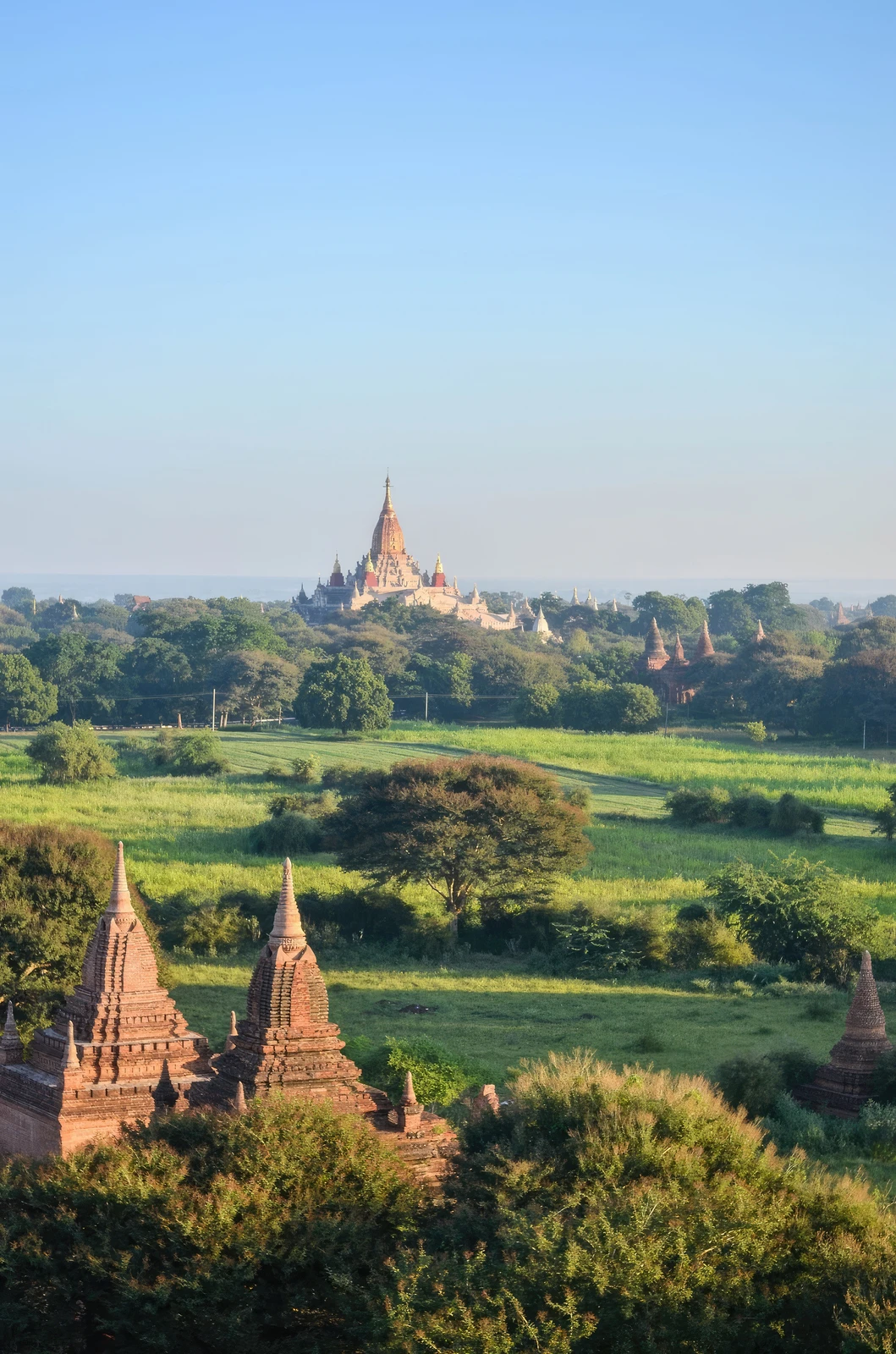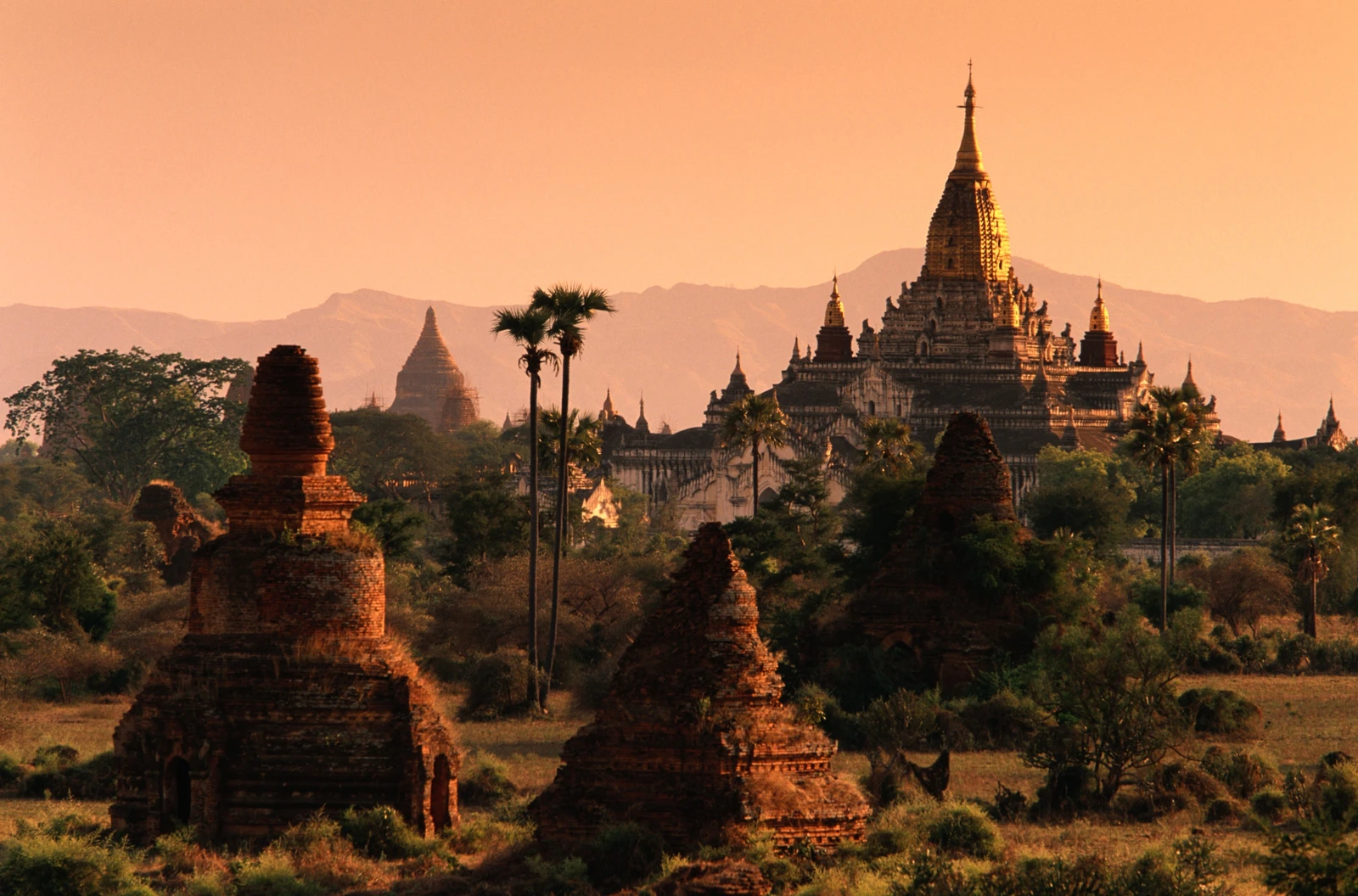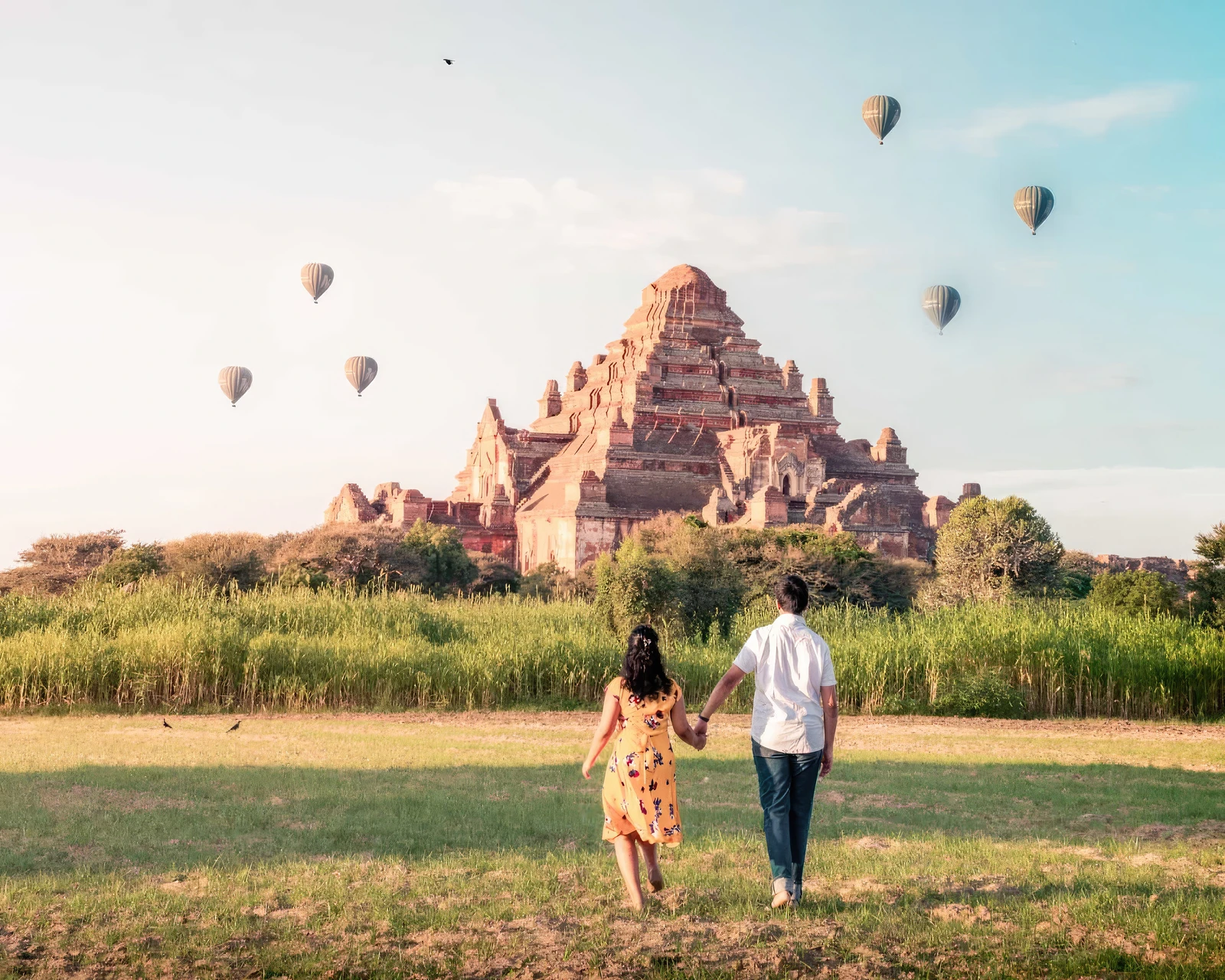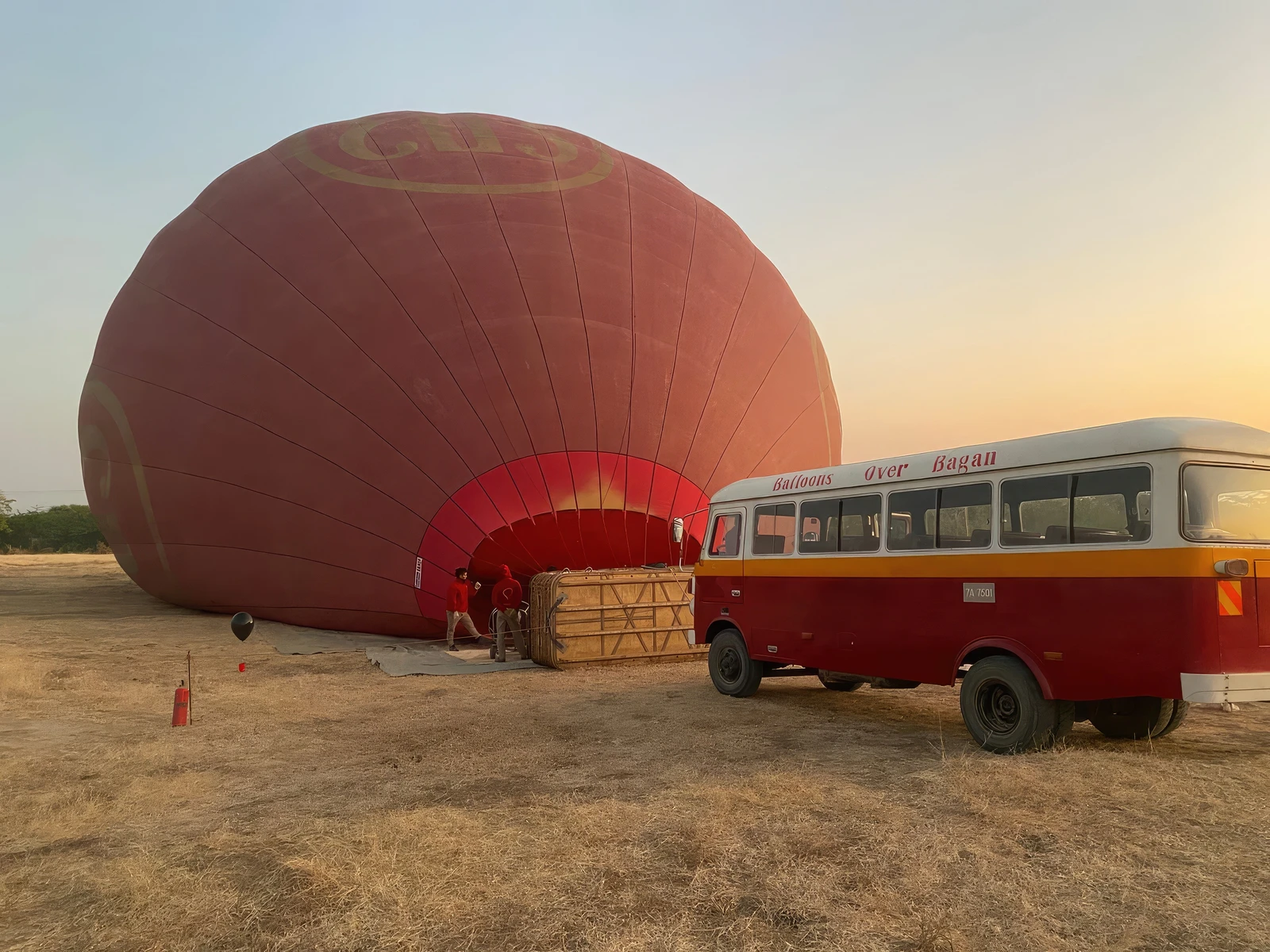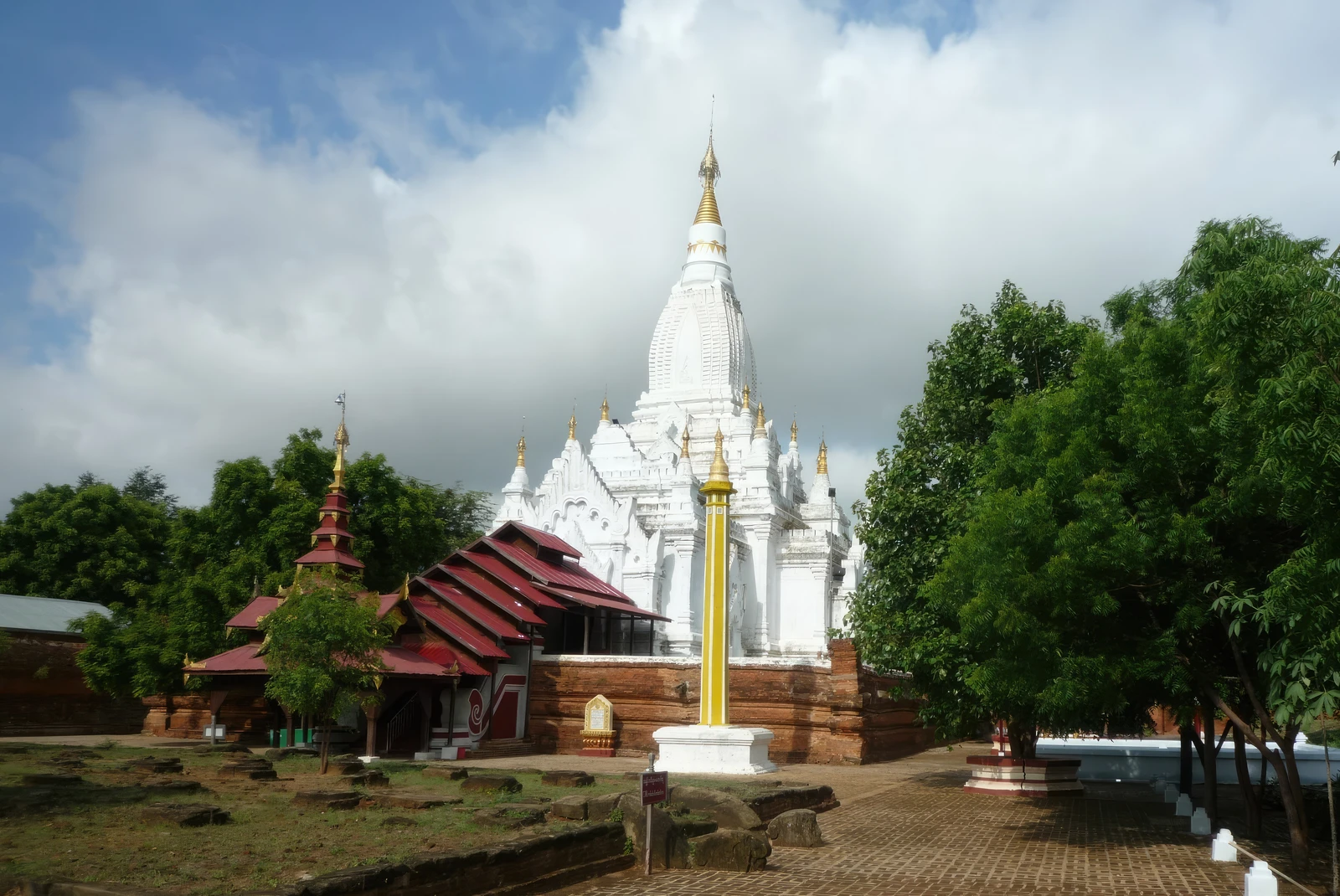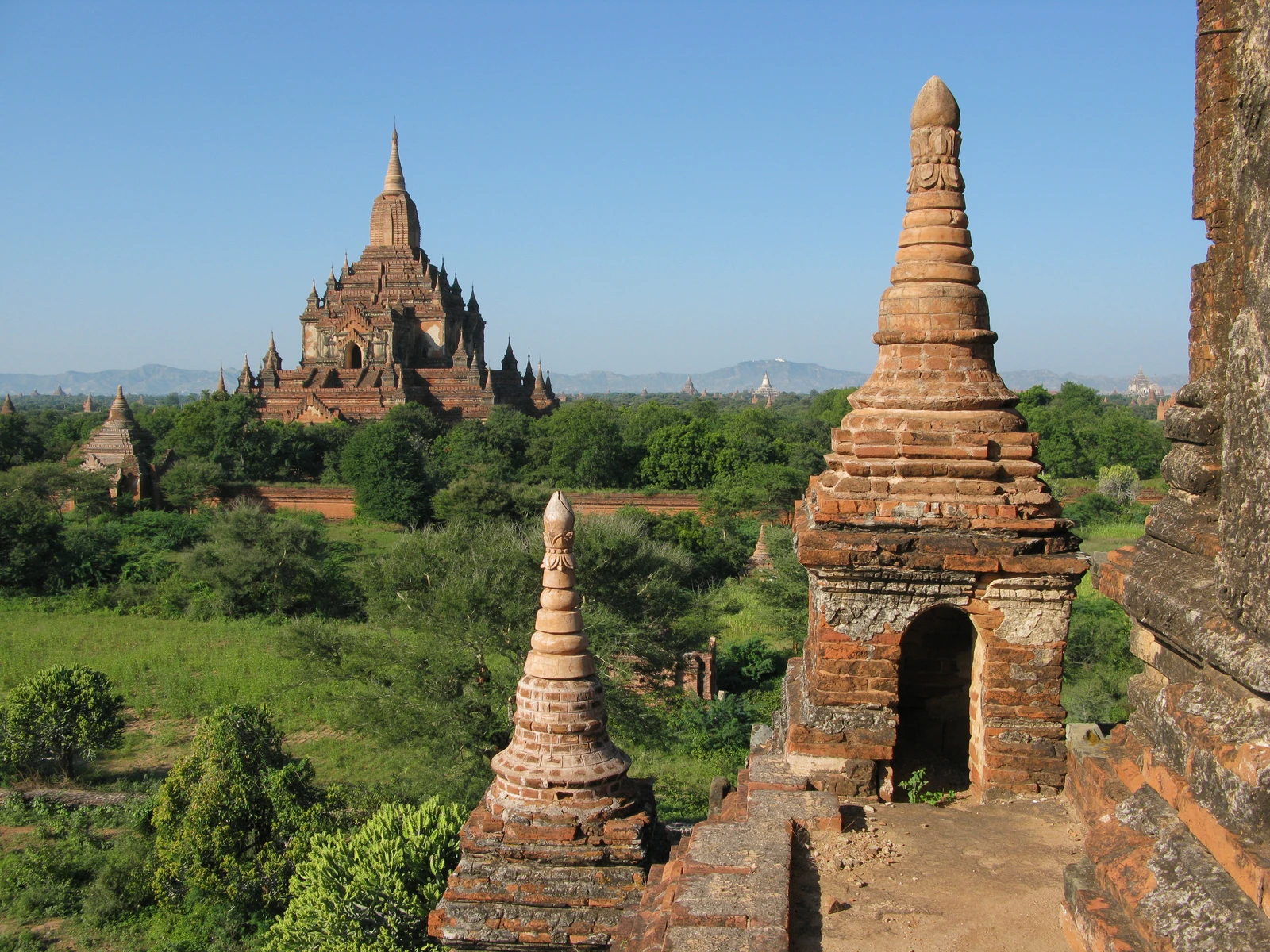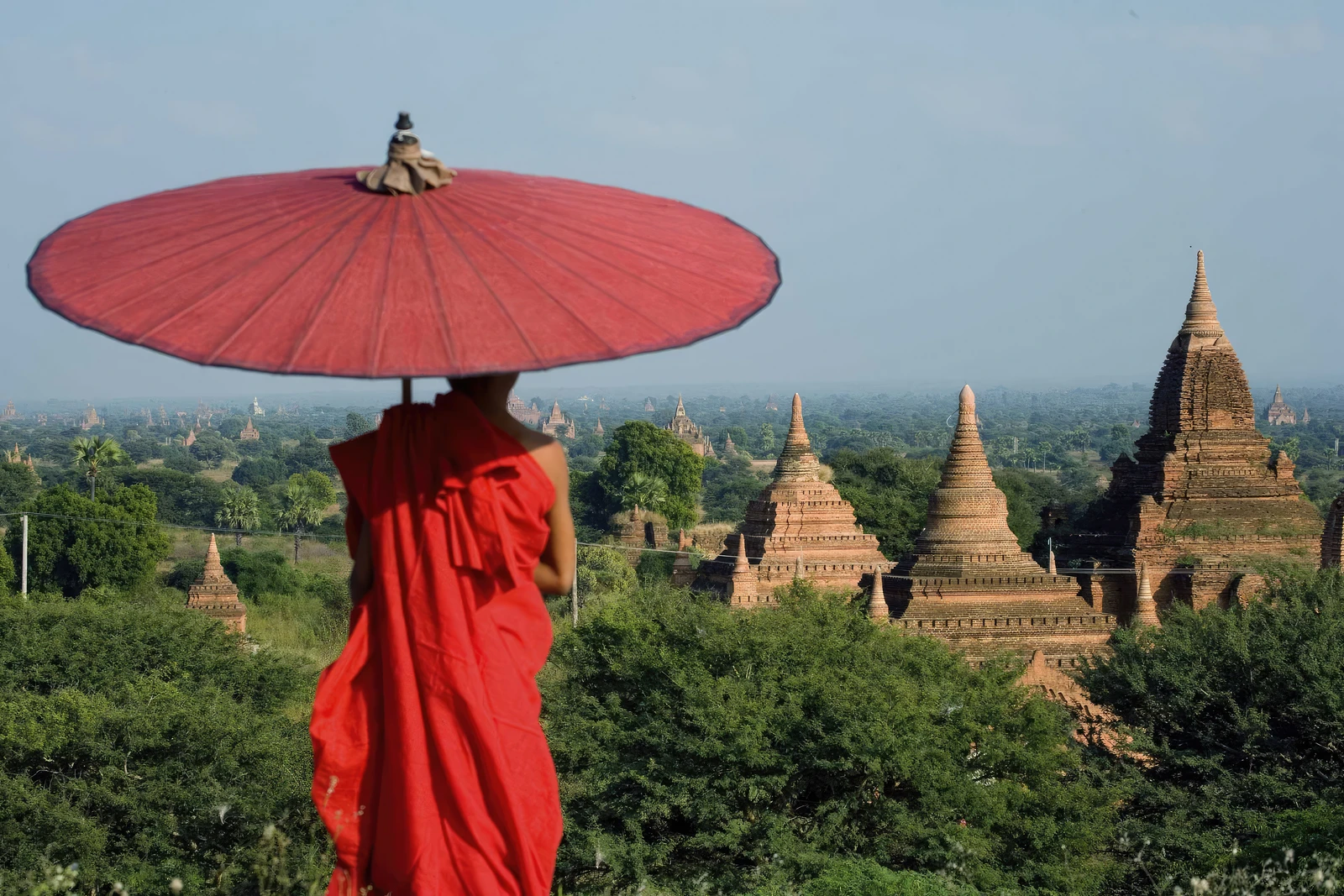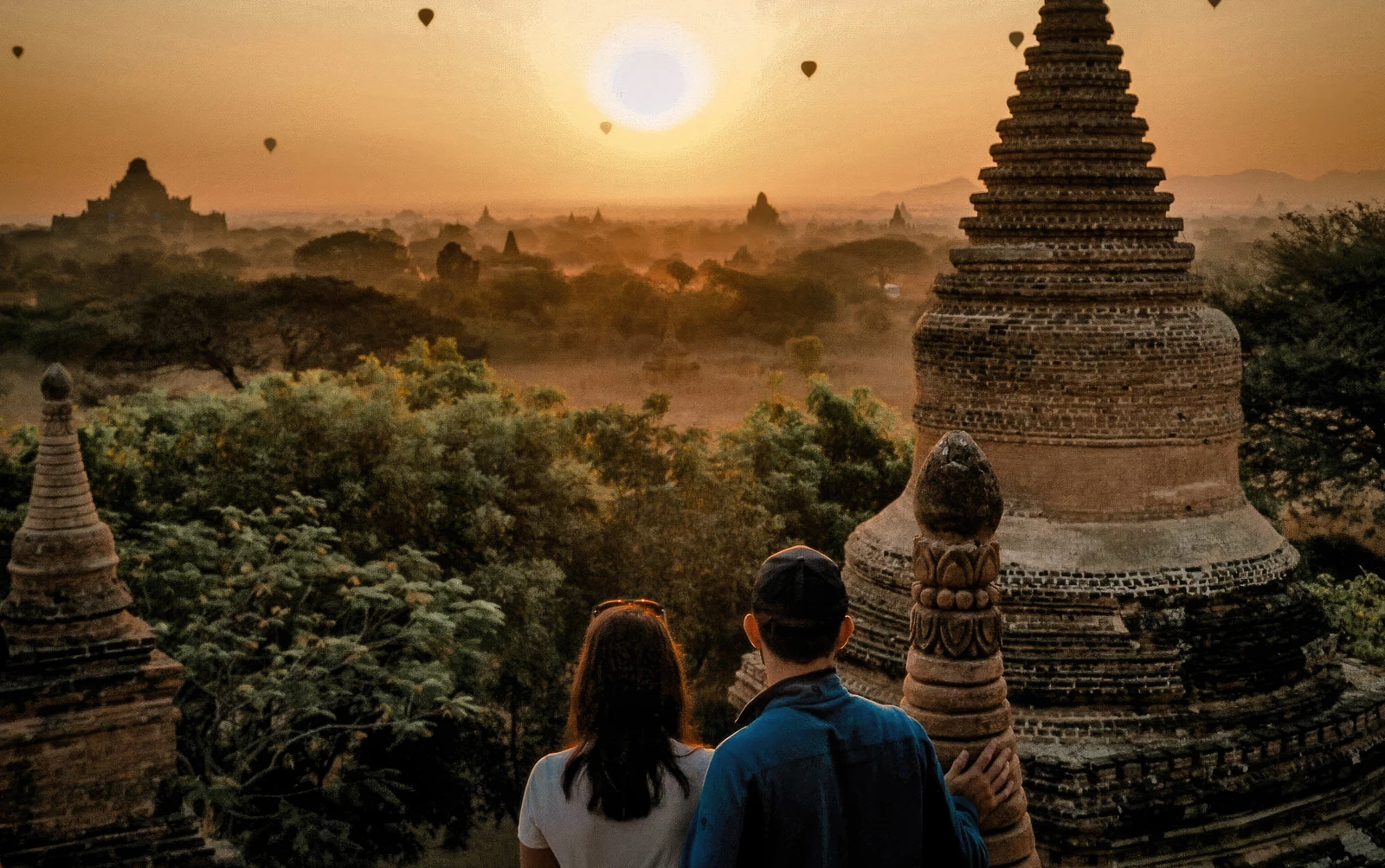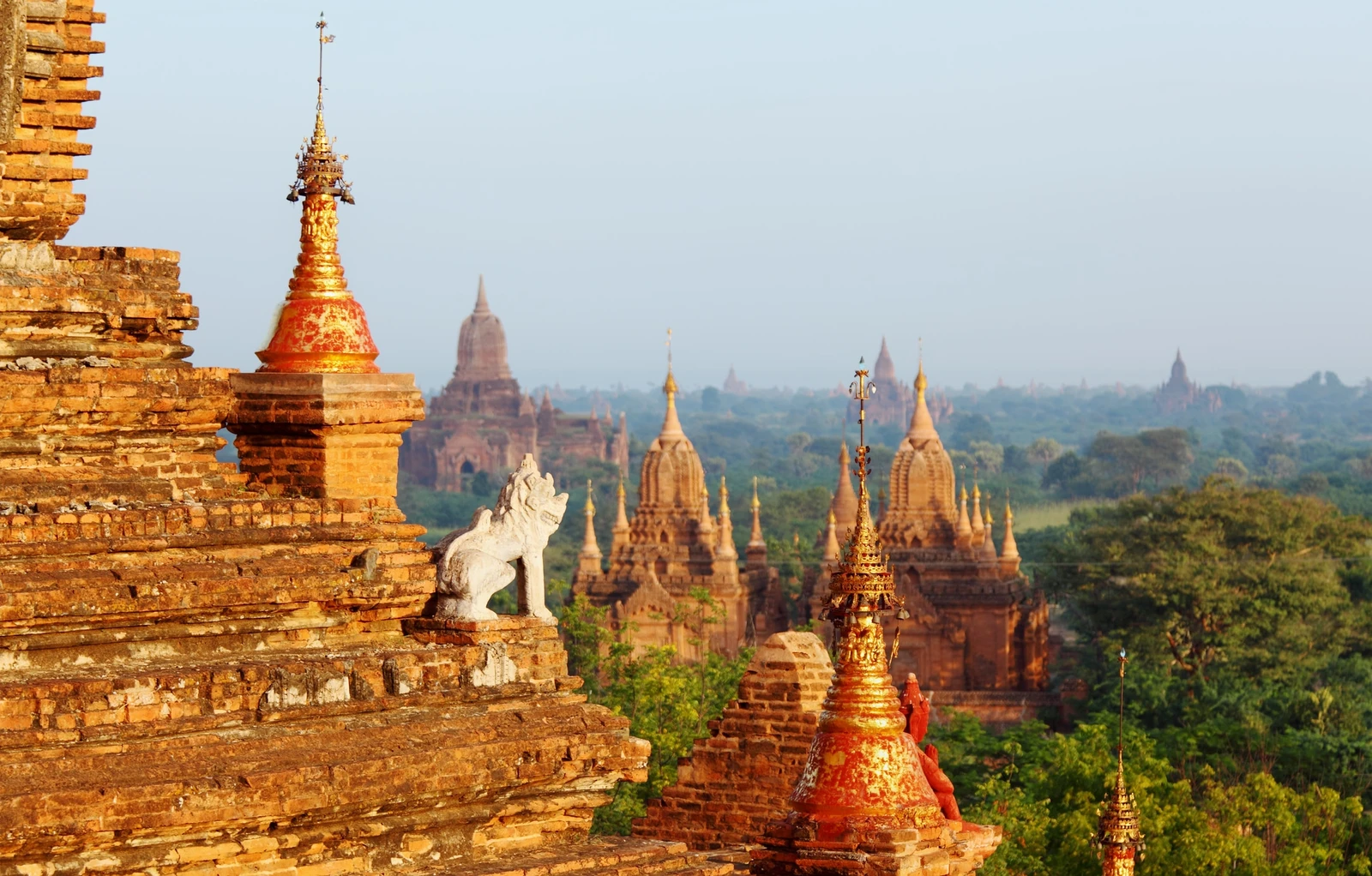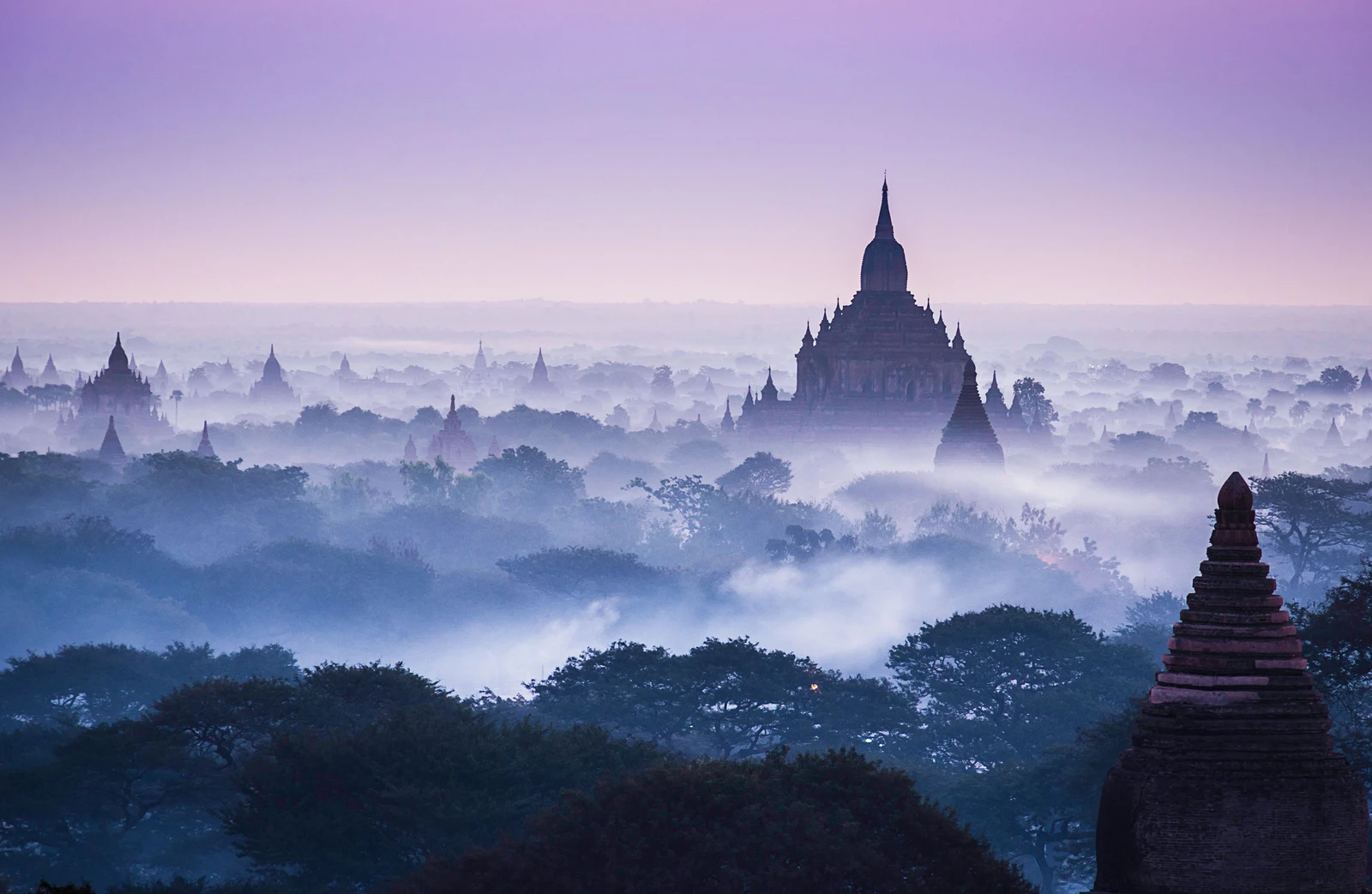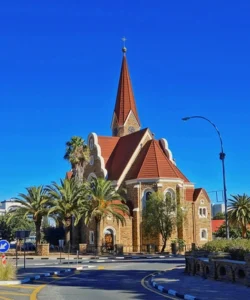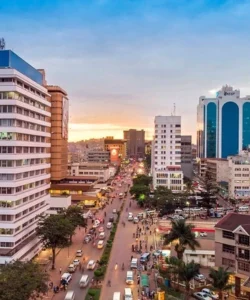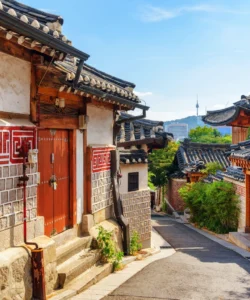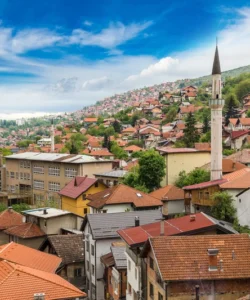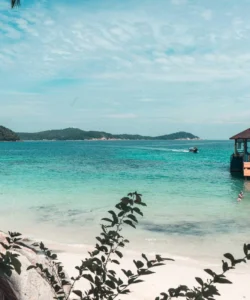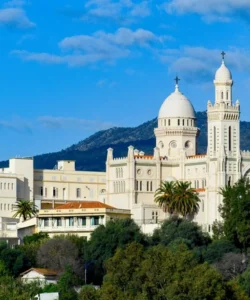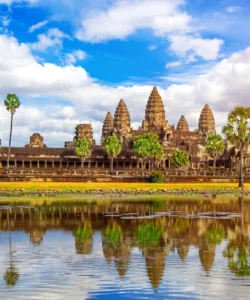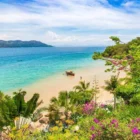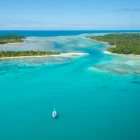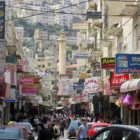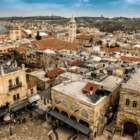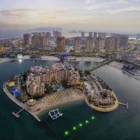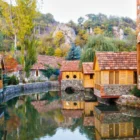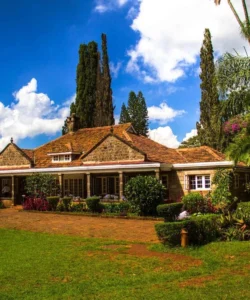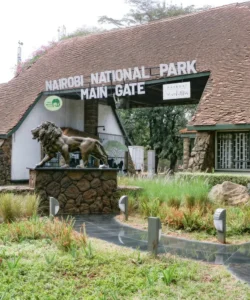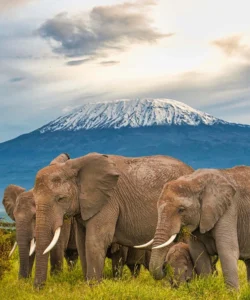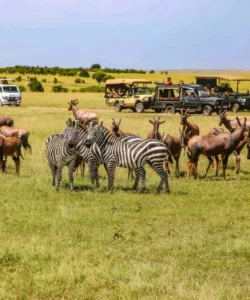Bagan is an awe-inspiring ancient city and a UNESCO World Heritage Site in Myanmar’s Mandalay Region. From the 9th to 13th centuries, it was the capital of the Pagan Kingdom, the first kingdom to unify the regions that would later form modern Myanmar. During its golden age, between the 11th and 13th centuries, over 10,000 Buddhist temples, pagodas, and monasteries were constructed on the Bagan plains alone; today, the remains of over 2,200 of these magnificent structures still stand, creating one of the world’s most breathtaking archaeological landscapes.
Listen to an introduction about Bagan

Name: Bagan (formerly Pagan; Burmese: ပုဂံ)
Address: Bagan Archaeological Zone, Mandalay Region, Myanmar. It is located on a bend in the Ayeyarwady (Irrawaddy) River in the central dry zone of Myanmar. The area is divided into Old Bagan (the walled core), New Bagan, and the district of Nyaung-U.
How to Get There:
Access to Bagan is primarily through Nyaung-U Airport, which serves the region.
- By Air: The easiest and quickest way is to fly into Nyaung-U Airport (NYU). This is a domestic airport with direct flights from major cities in Myanmar like Yangon (RGN) and Mandalay (MDL). Flight times are typically 1 hour 20 minutes from Yangon and 30 minutes from Mandalay. From Nyaung-U Airport, a taxi to Old Bagan, New Bagan, or Nyaung-U town takes 10-20 minutes.
- By Bus: Overnight buses are a popular and budget-friendly option from Yangon (around 9-10 hours). Buses from Mandalay are shorter (around 6-7 hours). Buses typically arrive at the new Shwe Pyi Highway Bus Station, a few kilometers from Nyaung-U town, where taxis or shared transport are available.
- By Train: Train services are available from Yangon and Mandalay to Bagan Railway Station. However, train journeys in Myanmar can be very slow, bumpy, and often take longer than scheduled (e.g., 18 hours from Yangon, 8 hours from Mandalay). This option is usually for those seeking a more “local” experience.
- By Boat: A scenic boat trip on the Ayeyarwady River is possible from Mandalay to Bagan. Express boats take 8-9 hours, while slow boats can take 14-17 hours. This option allows for views of daily Burmese life along the river. Note that ferry services may be limited during the dry season (April-June) due to low water levels.
- Getting Around Bagan:
- E-bike (Electric Scooter): The most popular and flexible way to explore the temples, allowing you to freely roam the vast plains.
- Bicycle: For those who prefer pedaling, bicycles are available for rent.
- Tuk-tuk/Horse Cart/Taxi: Easily hired for half-day or full-day tours.
- Hot Air Balloon: For a truly unforgettable experience, hot air balloon rides at sunrise (seasonal, from October to March) offer unparalleled aerial views of the temple-studded plains.
- Bagan Archaeological Zone Entrance Fee: All visitors to the Bagan Archaeological Zone are required to purchase an archaeological zone ticket upon arrival (usually at Nyaung-U Airport or the bus station). This ticket grants access to all temples and is valid for several days.
Landscape and Architecture:
Bagan’s landscape is an iconic and deeply spiritual expanse, dominated by its unparalleled concentration of ancient Buddhist monuments. Its architecture primarily falls into two distinct categories: stupas and hollow temples.
- Vast Arid Plain: The temples are scattered across a vast, flat, and often dusty plain in the central dry zone of Myanmar. This arid landscape, with sparse vegetation, allows the thousands of brick and stucco monuments to stand out dramatically against the horizon.
- Ayeyarwady River: The archaeological zone is situated on a sweeping bend of the broad Ayeyarwady River, which historically served as a vital transport route and shaped the kingdom’s power.
- Over 2,200 Surviving Monuments: The defining feature of Bagan is the sheer number and density of its ancient Buddhist structures. These range from towering, multi-story temples to smaller, single-room shrines, and bell-shaped stupas, seemingly scattered haphazardly across the plain, yet often with an underlying cosmological plan.
- Stupas (Pagodas): These are solid, bell-shaped structures often topped with a conical spire and a gilded umbrella (hti). They typically contain relic chambers and are built on receding square terraces. Influenced by early Pyu, Indian, and Ceylonese designs, they represent Mount Meru, the cosmic mountain. The Shwezigon Pagoda is a famous golden, gourd-shaped stupa that served as a prototype for later pagodas throughout Myanmar (including the Shwedagon Pagoda).
- Hollow Temples (Gu-style temples): These are structures with interior spaces, often featuring intricate passageways, vaulted ceilings, and inner sanctums housing Buddha images. They are designed for devotional worship and offer a more introspective experience. Many are multi-storied. Notable examples include:
- Ananda Temple: Often considered Bagan’s holiest and most beautiful temple. It’s a symmetrical, perfectly proportioned Greek cross layout, topped by a tall, gilded shikhara. It houses four massive standing Buddha images, each facing a cardinal direction.
- Thatbyinnyu Temple: At 60 meters (196 feet) high, it’s one of Bagan’s tallest monuments, one of the first two-story structures, symbolizing omniscience.
- Sulamani Temple: Known for its intricate brickwork, fine stucco carvings, and original murals, representing a later, more sophisticated architectural period.
- Dhammayangyi Temple: Bagan’s most massive shrine, a brick stepped square pyramidal structure known for its immaculate brickwork, though it was never fully completed.
- Brick and Stucco Construction: Most temples were constructed using baked bricks and a unique mortar made from tamarind and sand, known for its resilience. Many exteriors were adorned with intricate stucco work, and interiors often featured vibrant wall paintings.
- Mural Paintings and Frescoes: Numerous temples (e.g., Loka-Hteik-Pan, Nanpaya Temple, Abeyadana Temple) contain exquisite mural paintings on their interior walls and ceilings, depicting scenes from the Jataka tales (Buddha’s previous lives), the life of Buddha, and sometimes, incredibly, glimpses of ancient Bagan courtly life.
- Earthquake Damage and Restoration: Bagan is located in an active earthquake zone and has suffered numerous seismic events over the centuries. A major earthquake in 1975 caused significant damage. While extensive restoration projects have occurred, some controversial methods were used in the past. UNESCO’s inscription aims to ensure more appropriate conservation practices.
What Makes It Famous:
- UNESCO World Heritage Site: Inscribed in 2019, Bagan is recognized as a sacred landscape with an exceptional array of Buddhist art and architecture, a testament to centuries of merit-making traditions, and dramatic evidence of the peak of the Bagan civilization (11th–13th centuries).
- Largest Concentration of Buddhist Monuments: It boasts the largest and densest concentration of Buddhist temples, pagodas, and monasteries in the world, creating a unique and awe-inspiring archaeological zone.
- Iconic Sunrise and Sunset Views: Witnessing the sunrise or sunset over the vast plains dotted with thousands of ancient temples, often from an elevated viewpoint or hot air balloon, is a world-famous and deeply spiritual experience, creating an unforgettable silhouette against the sky.
- Pinnacle of Early Burmese Architecture: The temples represent the golden age of Burmese architecture and religious art, showcasing innovations in structural design, intricate carvings, and vibrant murals.
- Living Buddhist Heritage: Many temples are still active places of worship, with local devotees continuing centuries-old merit-making traditions, making Bagan a living cultural landscape rather than just a historical ruin.
- Cultural Significance: Bagan was the capital of the first kingdom that unified Myanmar, laying the foundation for modern Burmese culture and playing a crucial role in the spread of Theravada Buddhism throughout Southeast Asia.
- Unique Art and Crafts: The region is also famous for traditional Burmese crafts like intricate lacquerware and exquisite wall paintings.
Differences from Some Other Wonders:
- Density of Monuments: While Angkor Wat in Cambodia is a colossal and famous temple complex, Bagan is unique for the sheer density and number of its individual temples and pagodas (over 2,200 surviving) spread across a vast plain, creating a truly overwhelming and expansive spiritual landscape.
- Predominantly Brick Architecture: Unlike the largely sandstone construction of Angkor Wat or the marble of the Taj Mahal, Bagan’s temples are primarily built of brick and stucco, giving them a distinct material aesthetic and allowing for different types of intricate decorative work.
- Buddhist Monotheism: Unlike Ellora Caves which blend three religions, or Hindu/Buddhist sites that show syncretism (Angkor Wat), Bagan’s architectural landscape is almost exclusively Buddhist, showcasing the flourishing of Theravada Buddhism.
- Balloon-Flying Experience: The option of experiencing Bagan from a hot air balloon at sunrise offers a unique and highly sought-after aerial perspective that is not as common or iconic at other archaeological sites.
- Active Earthquake Zone: Its location in an active earthquake zone has profoundly shaped its history, leading to repeated destruction and restoration efforts, a dynamic not as central to the story of other ancient sites.
- Focus on Merit-Making: The UNESCO inscription explicitly highlights Bagan’s exceptional testimony to the Buddhist cultural tradition of merit-making, where the sheer volume of temples reflects individual and royal devotion over centuries.
